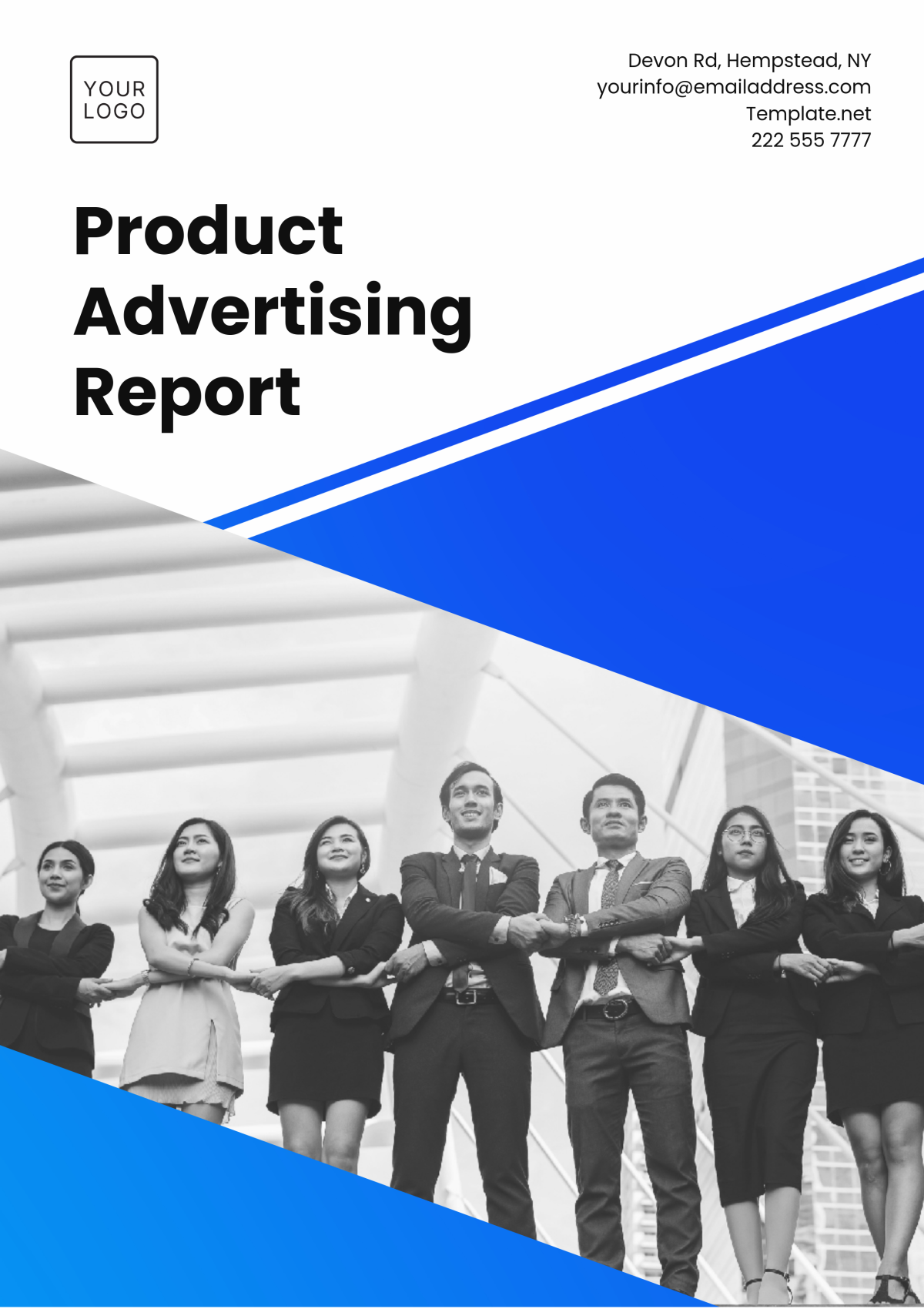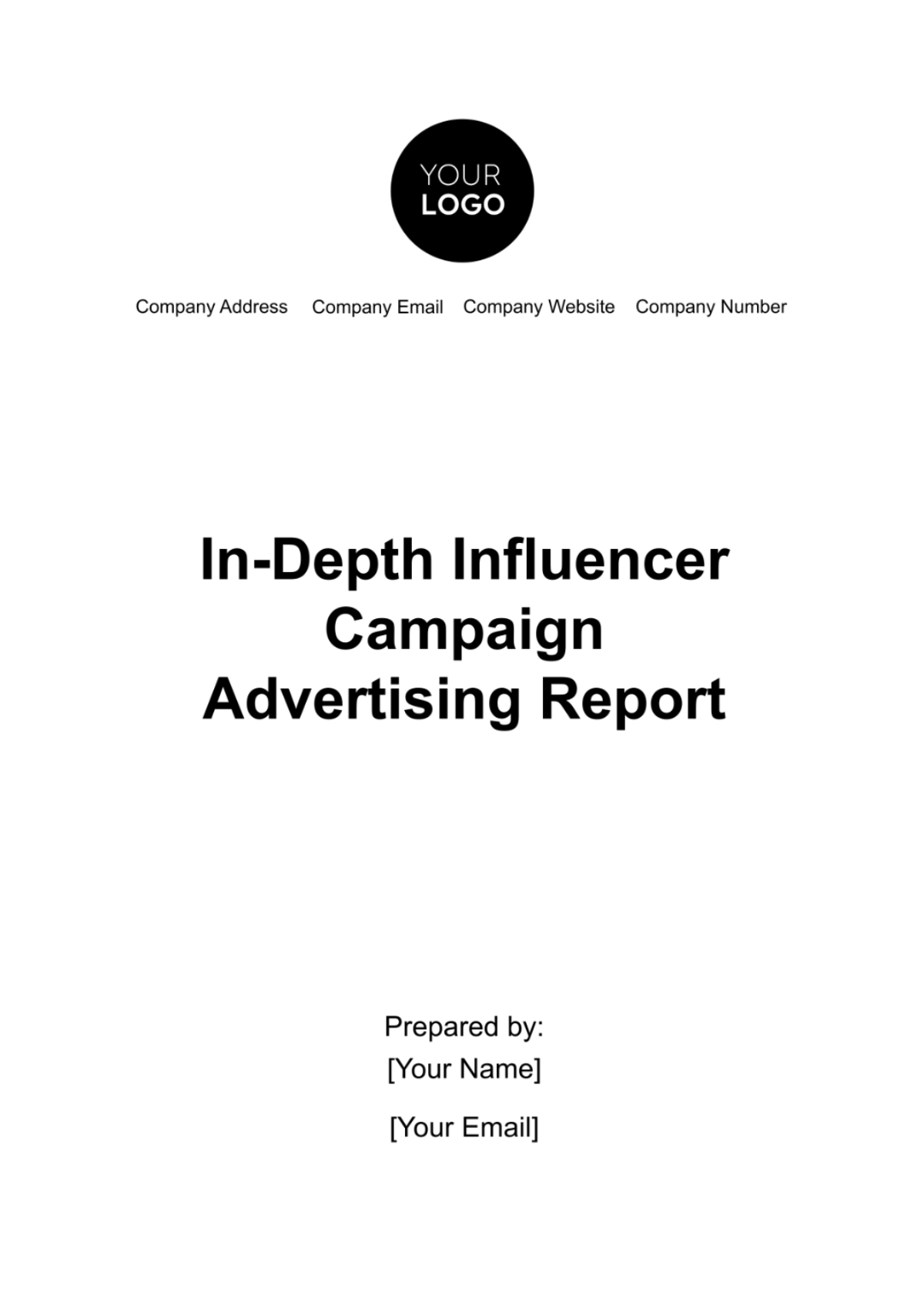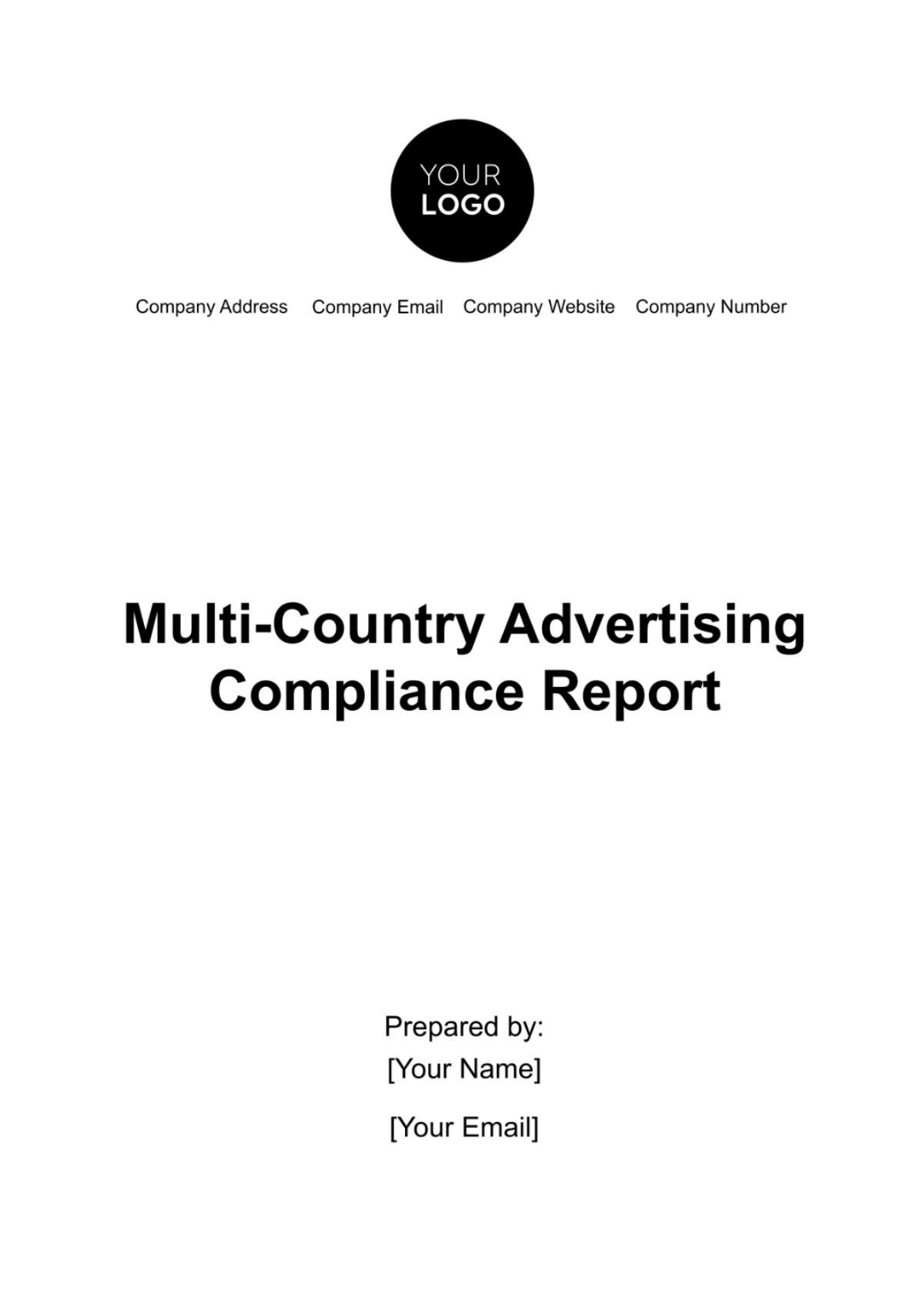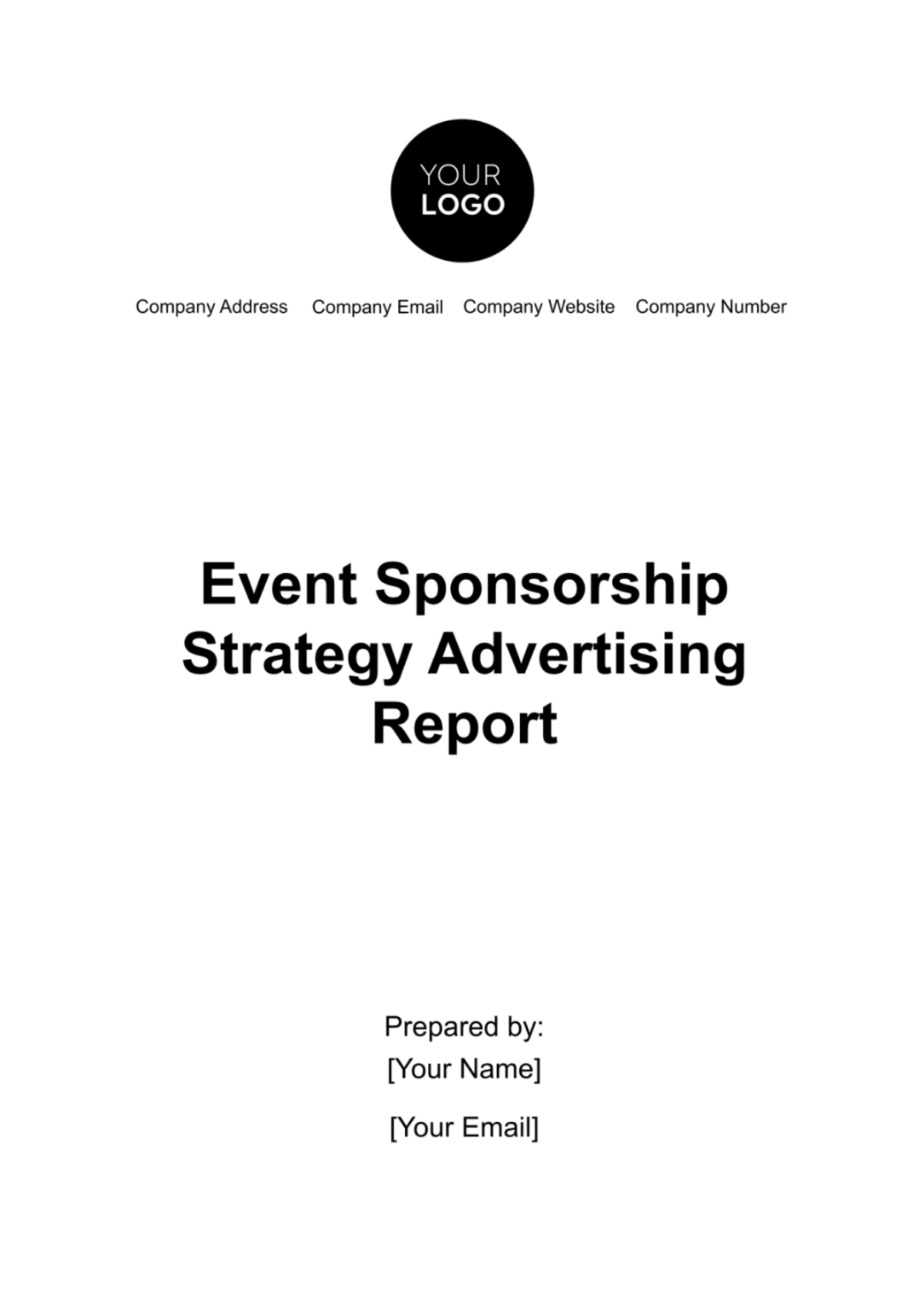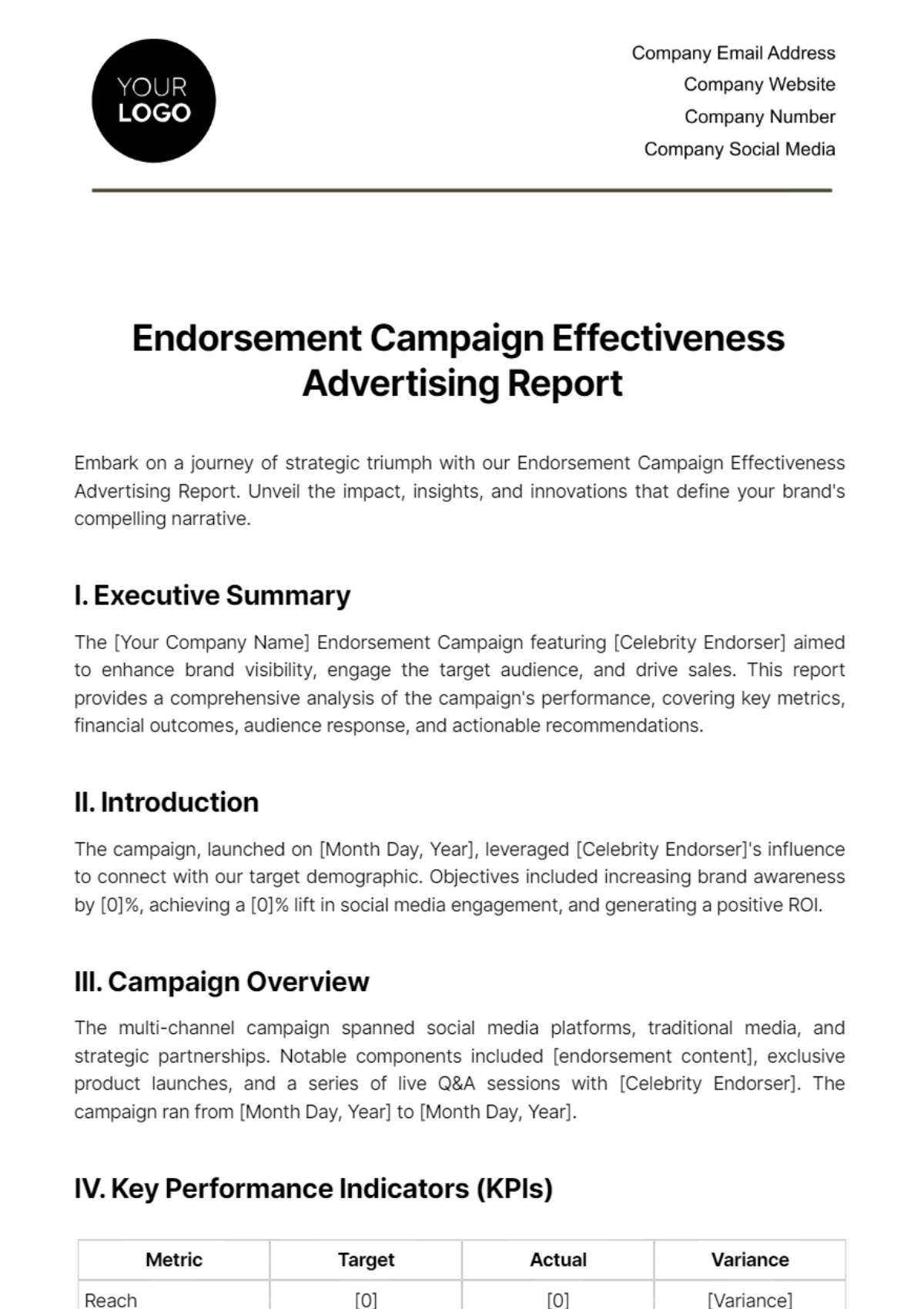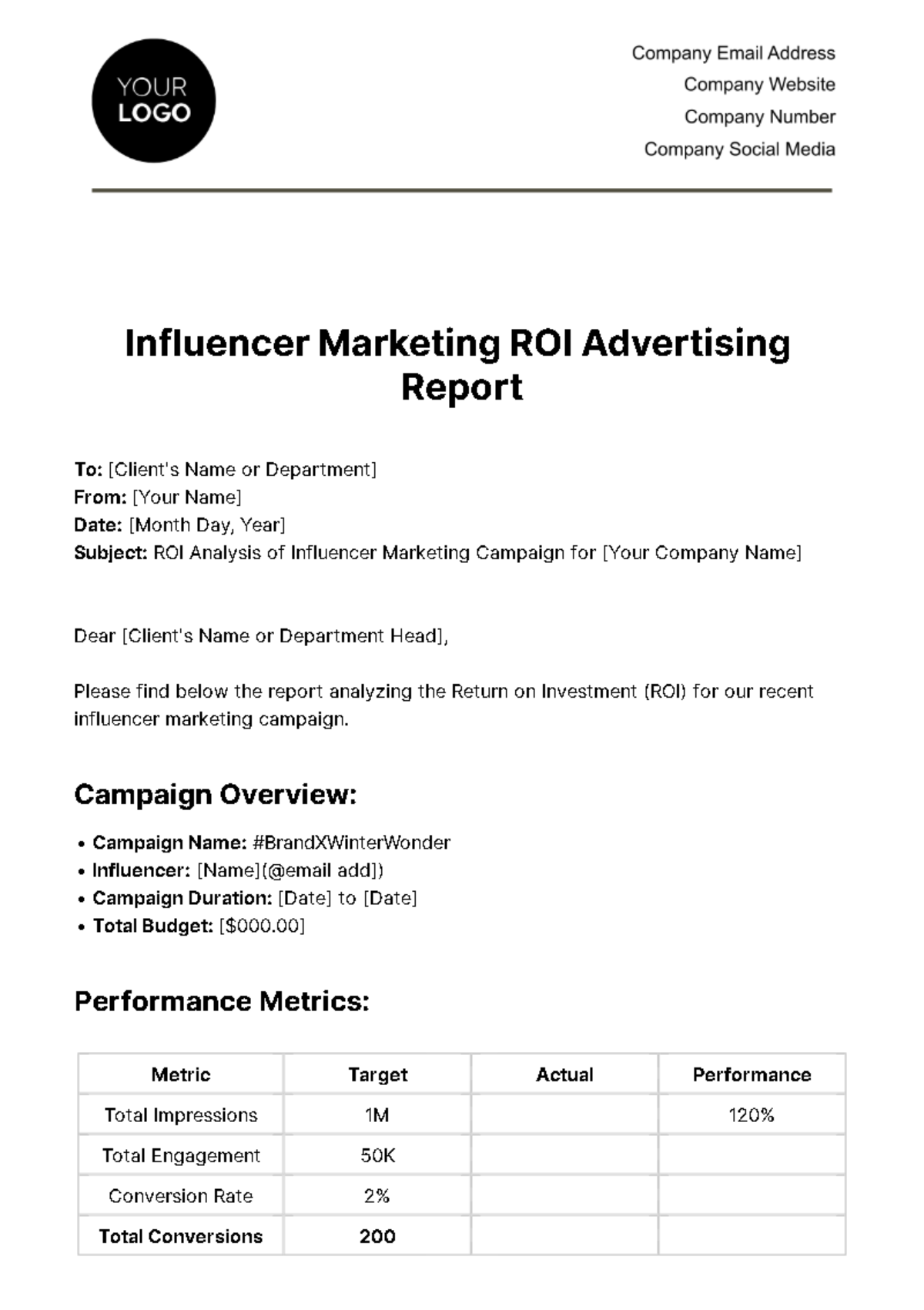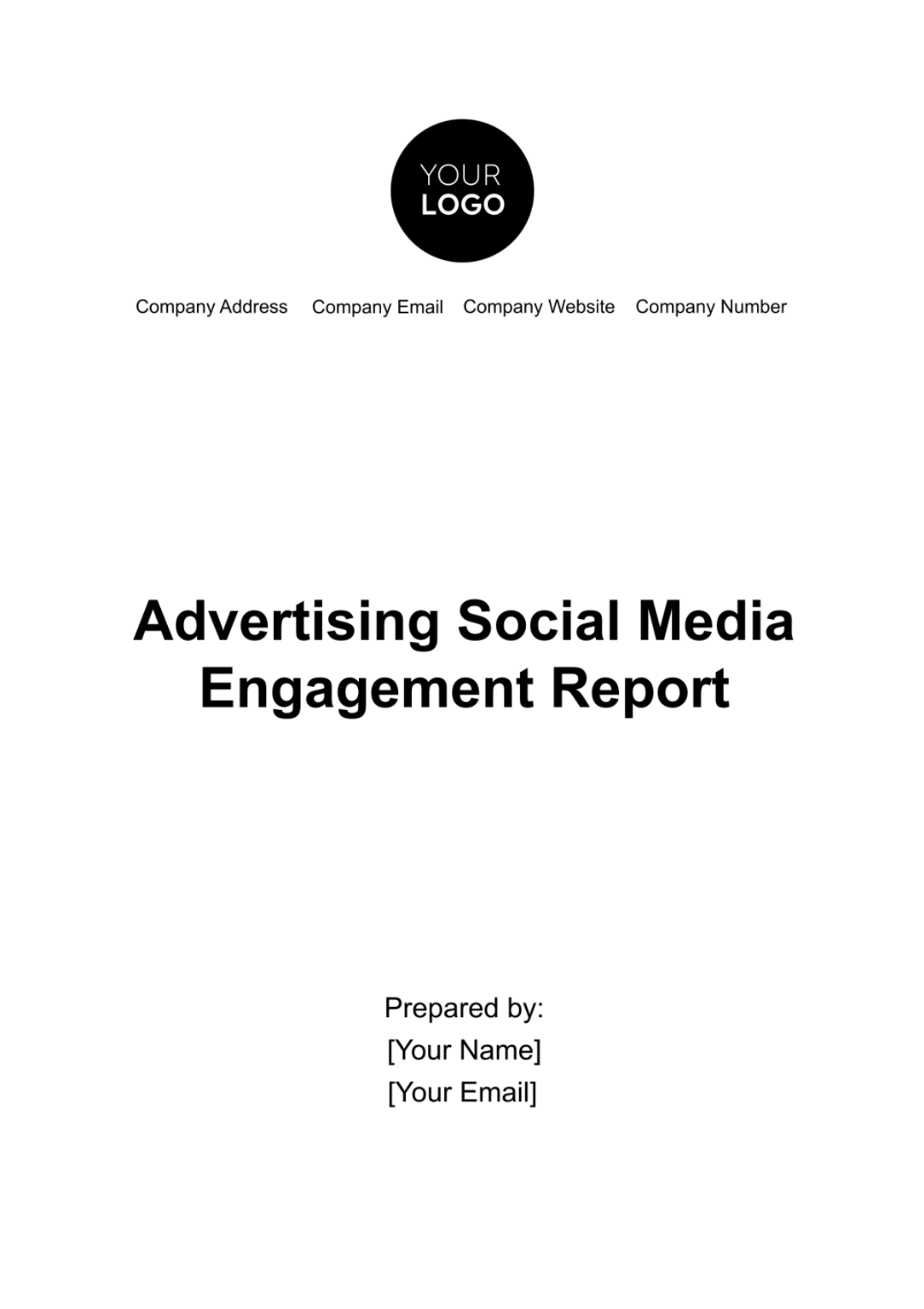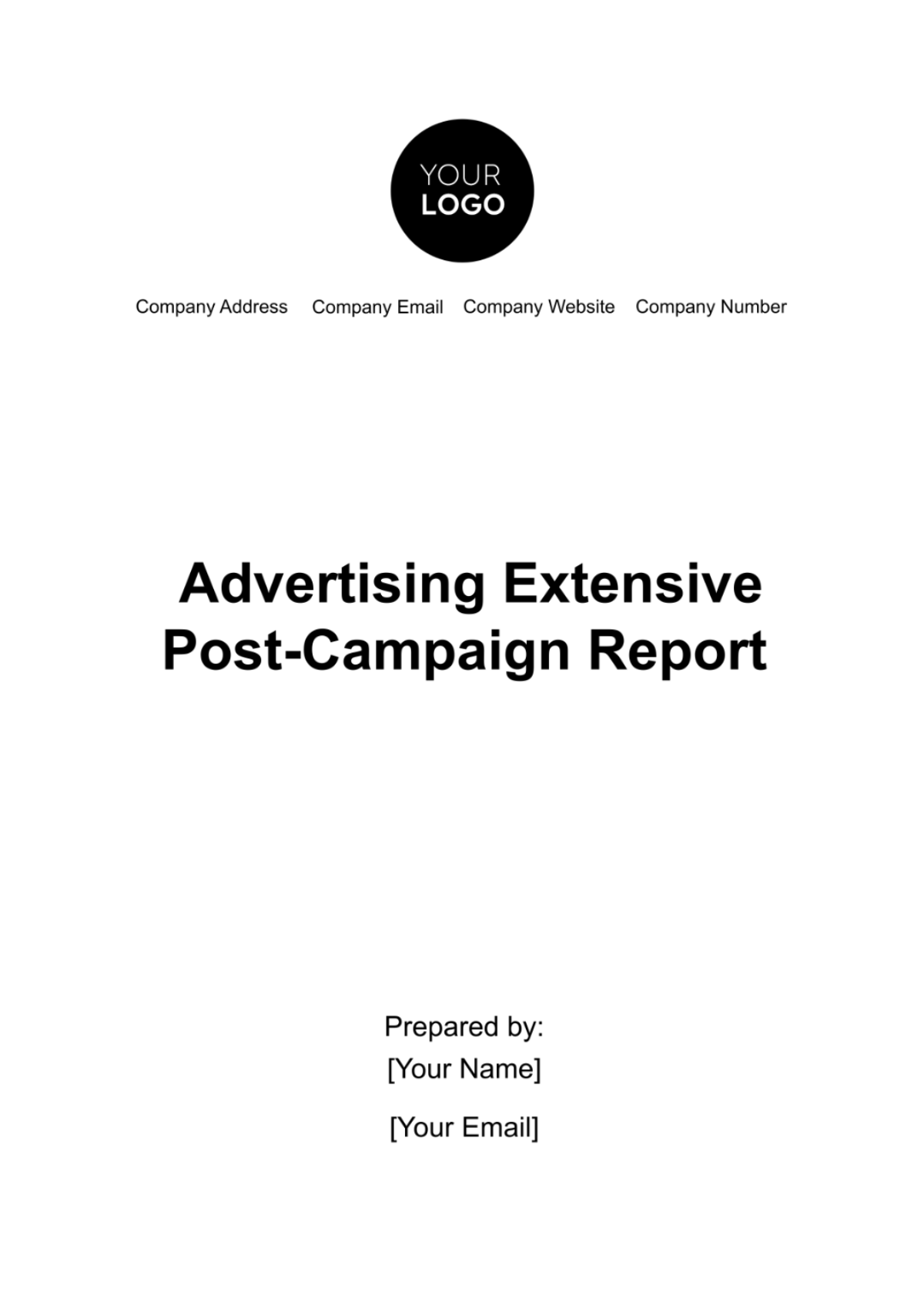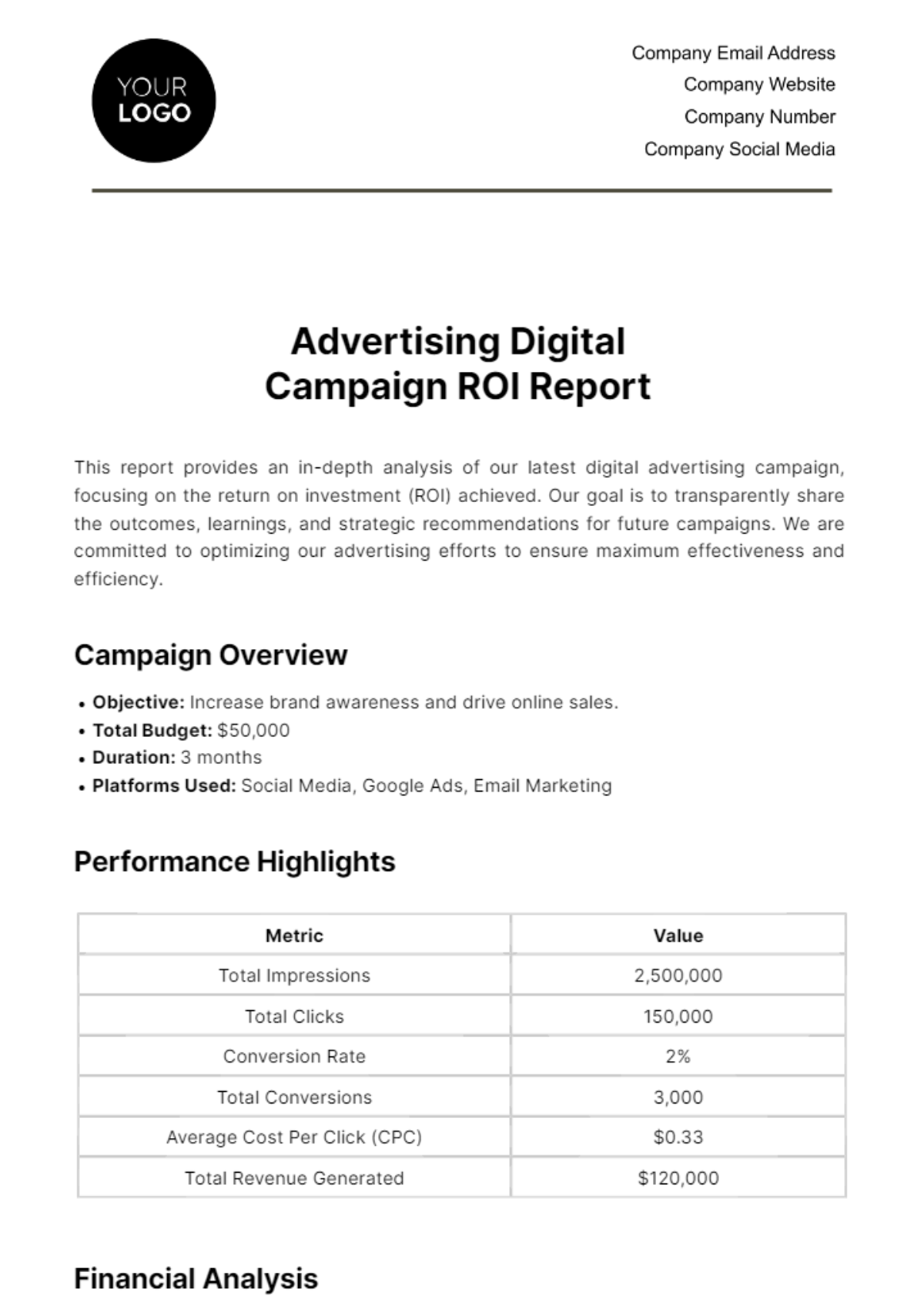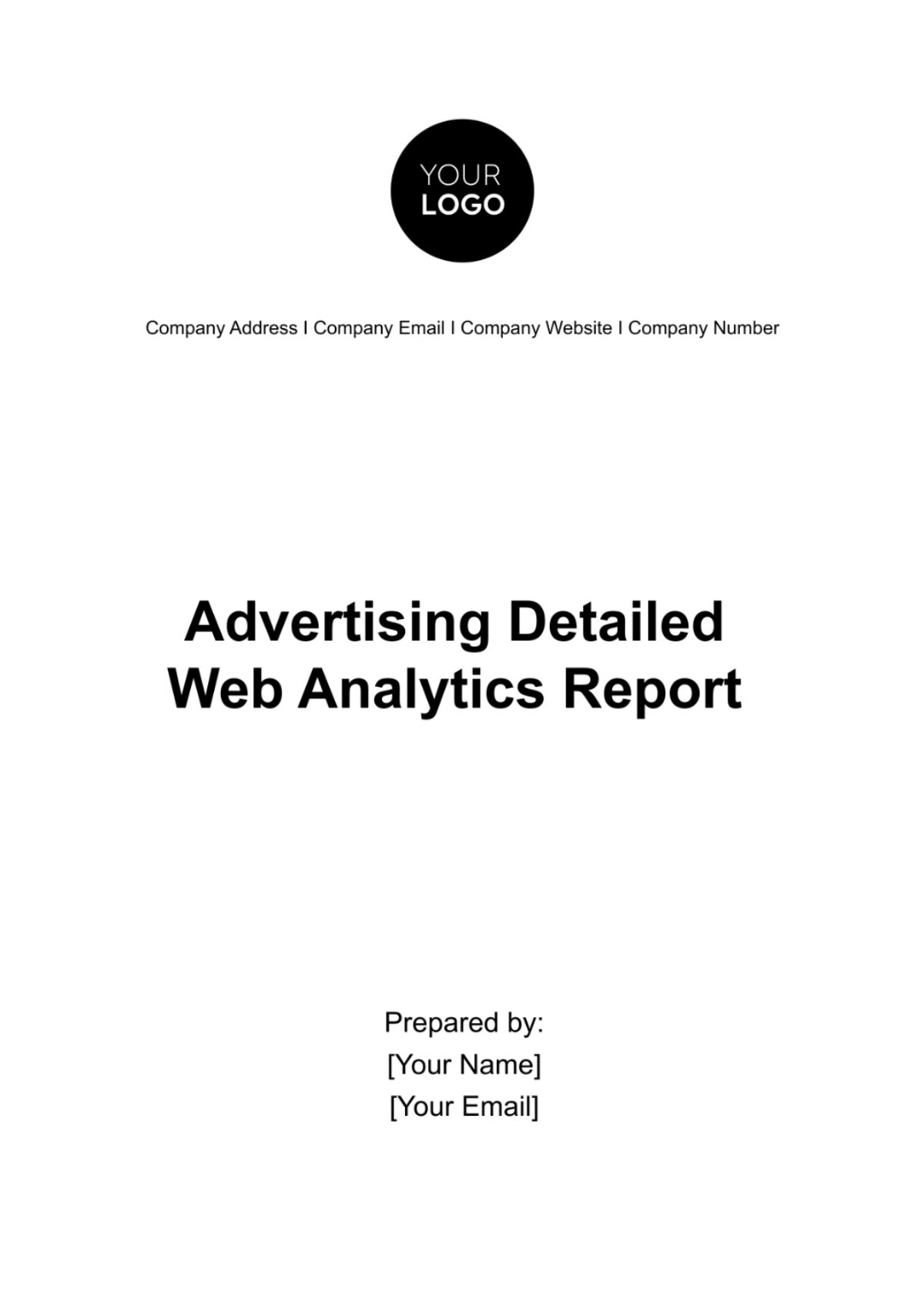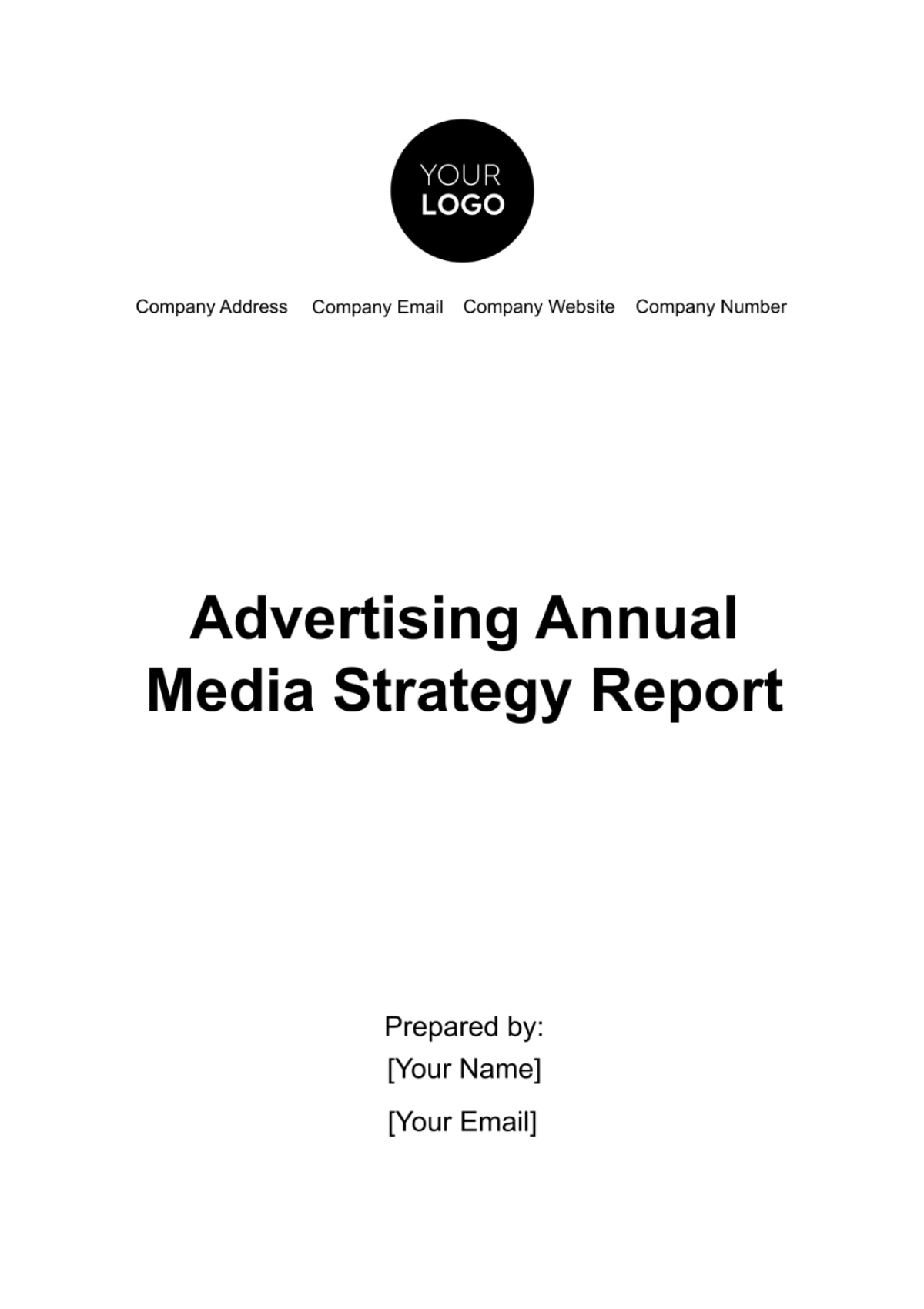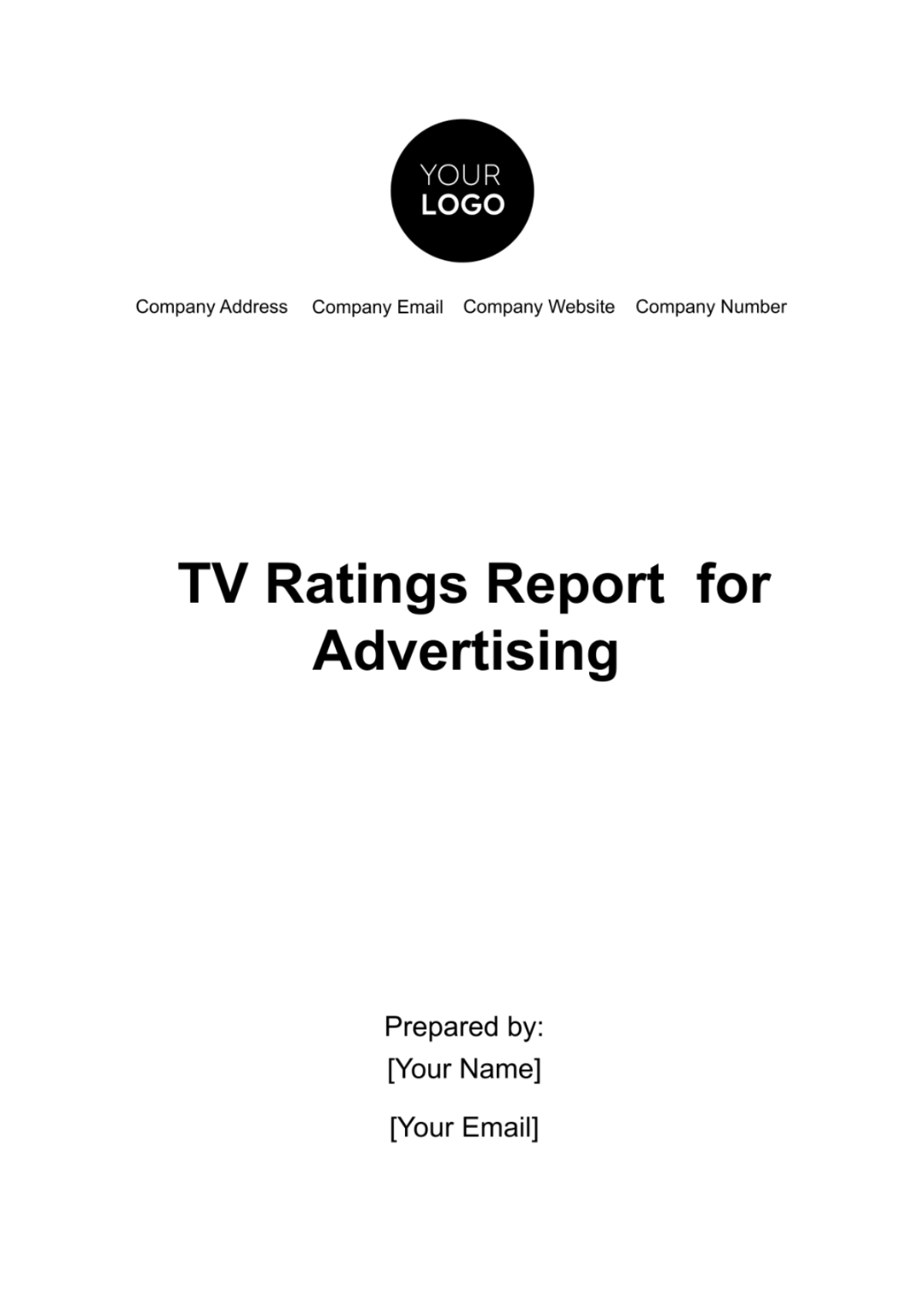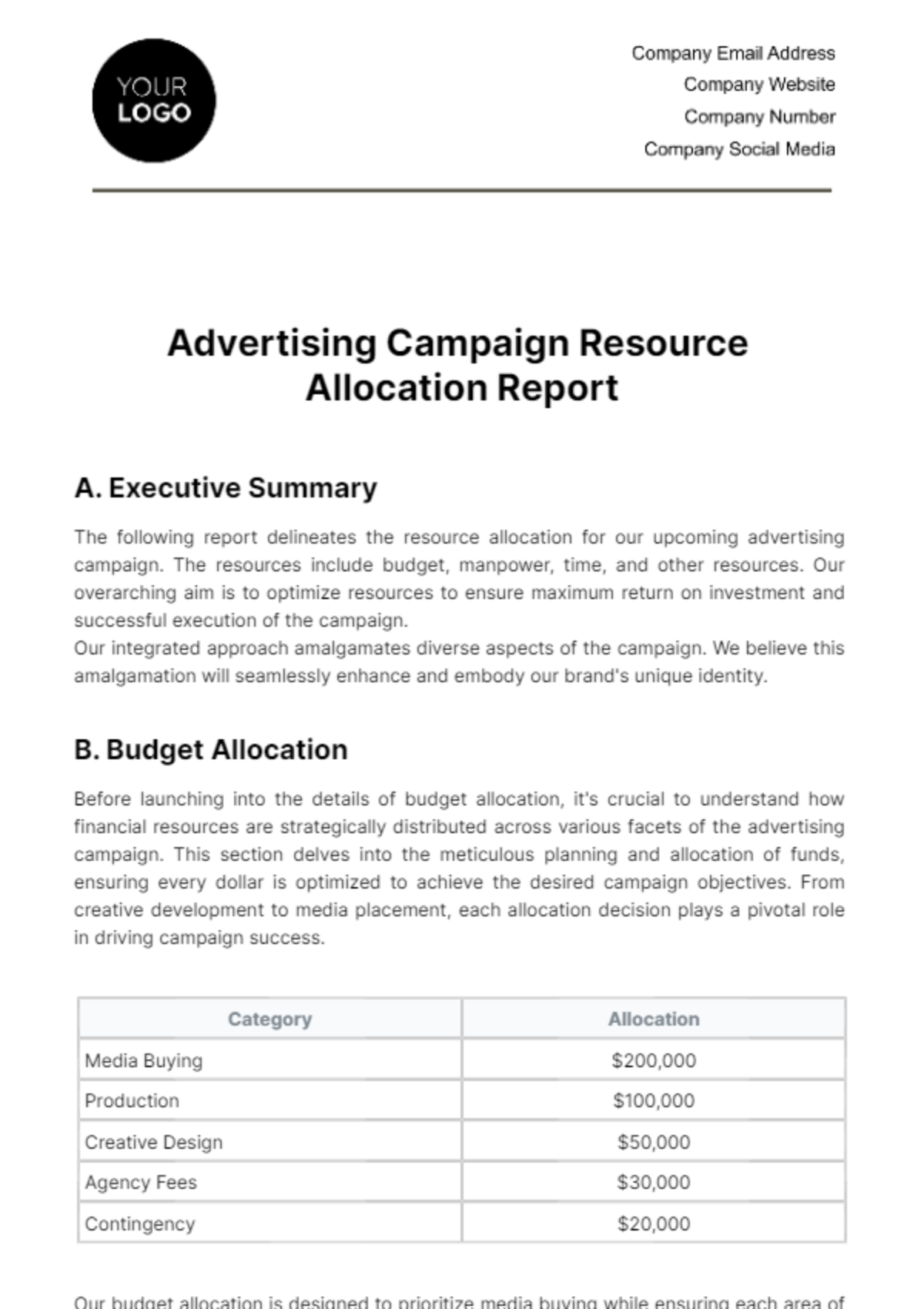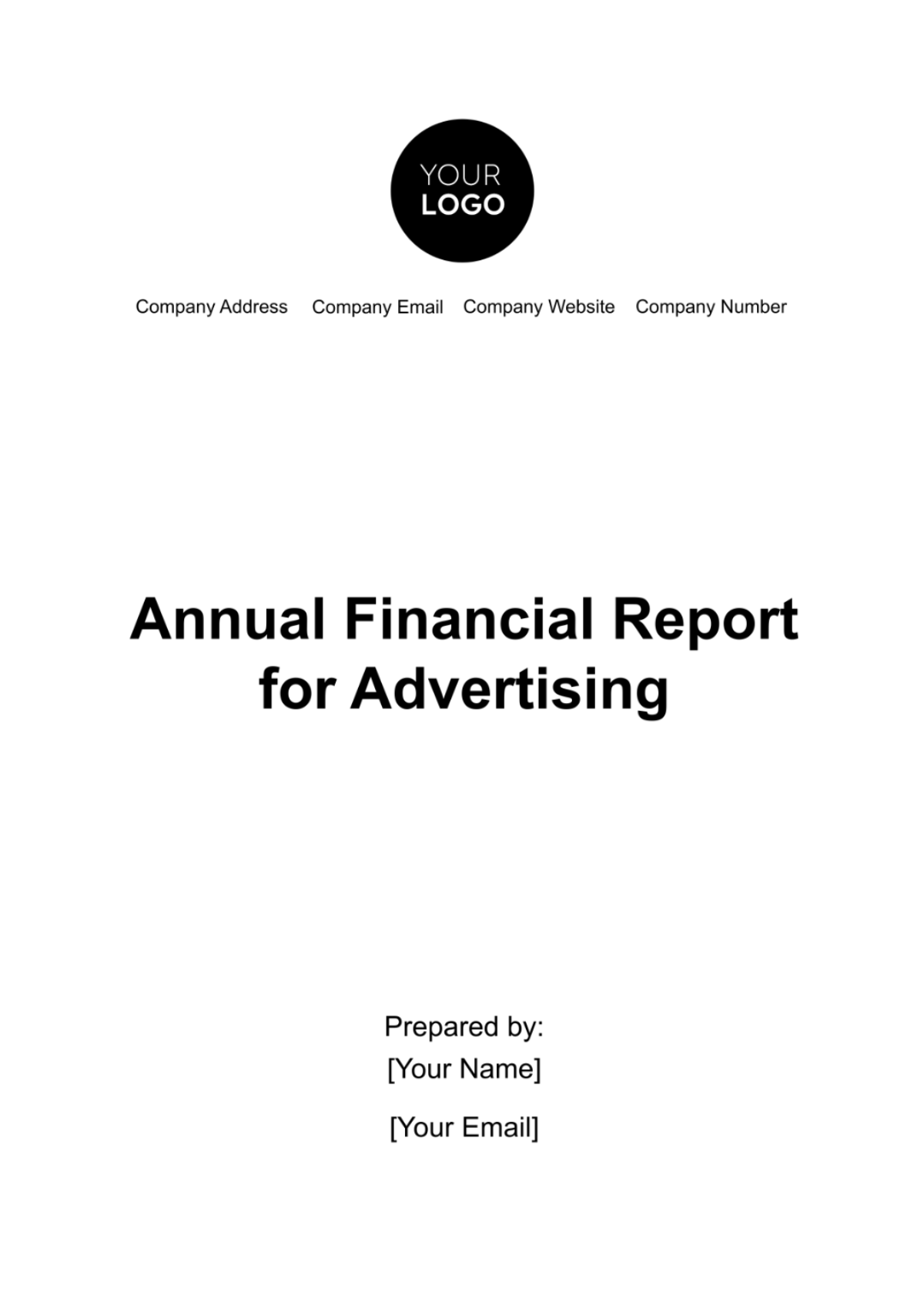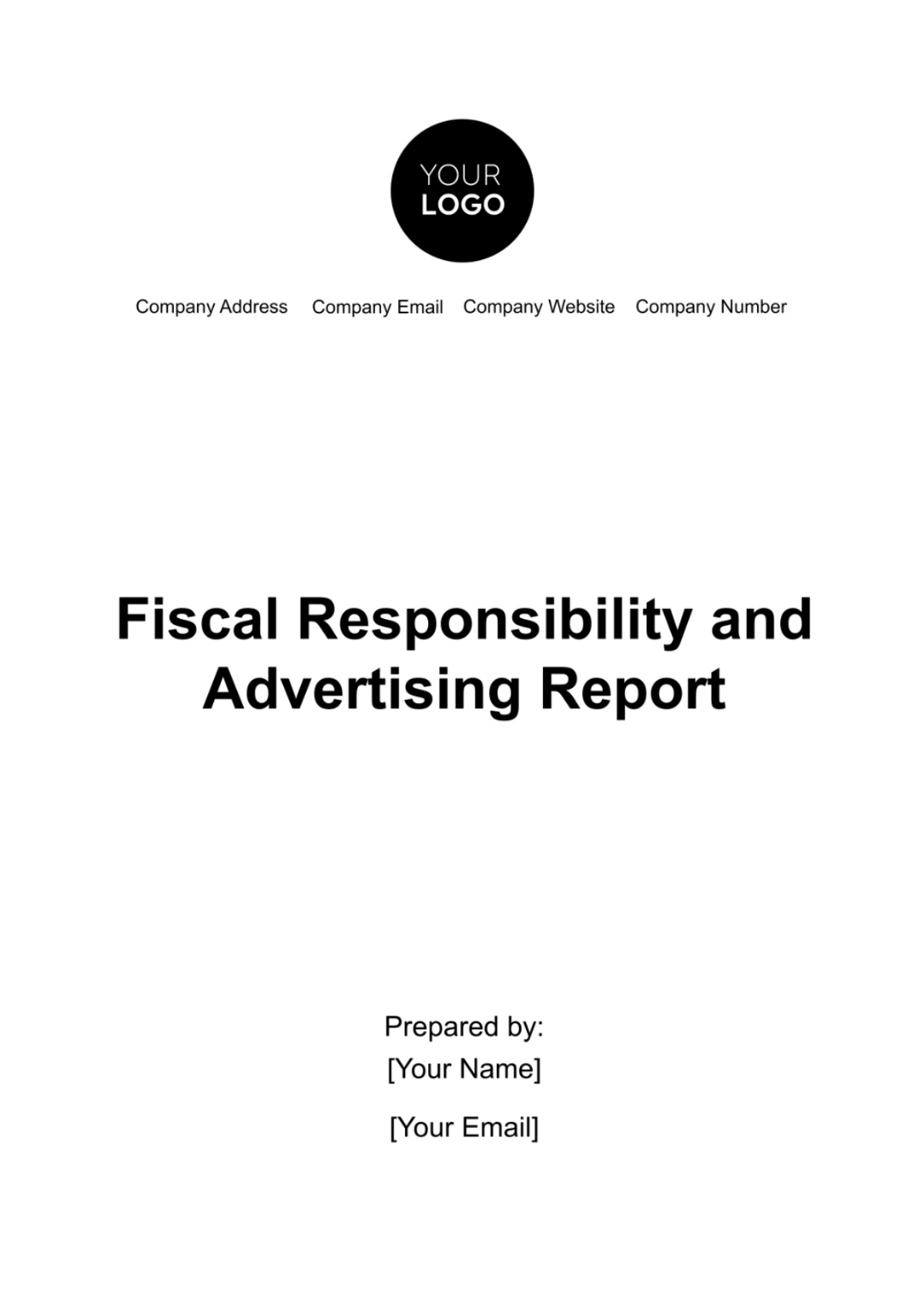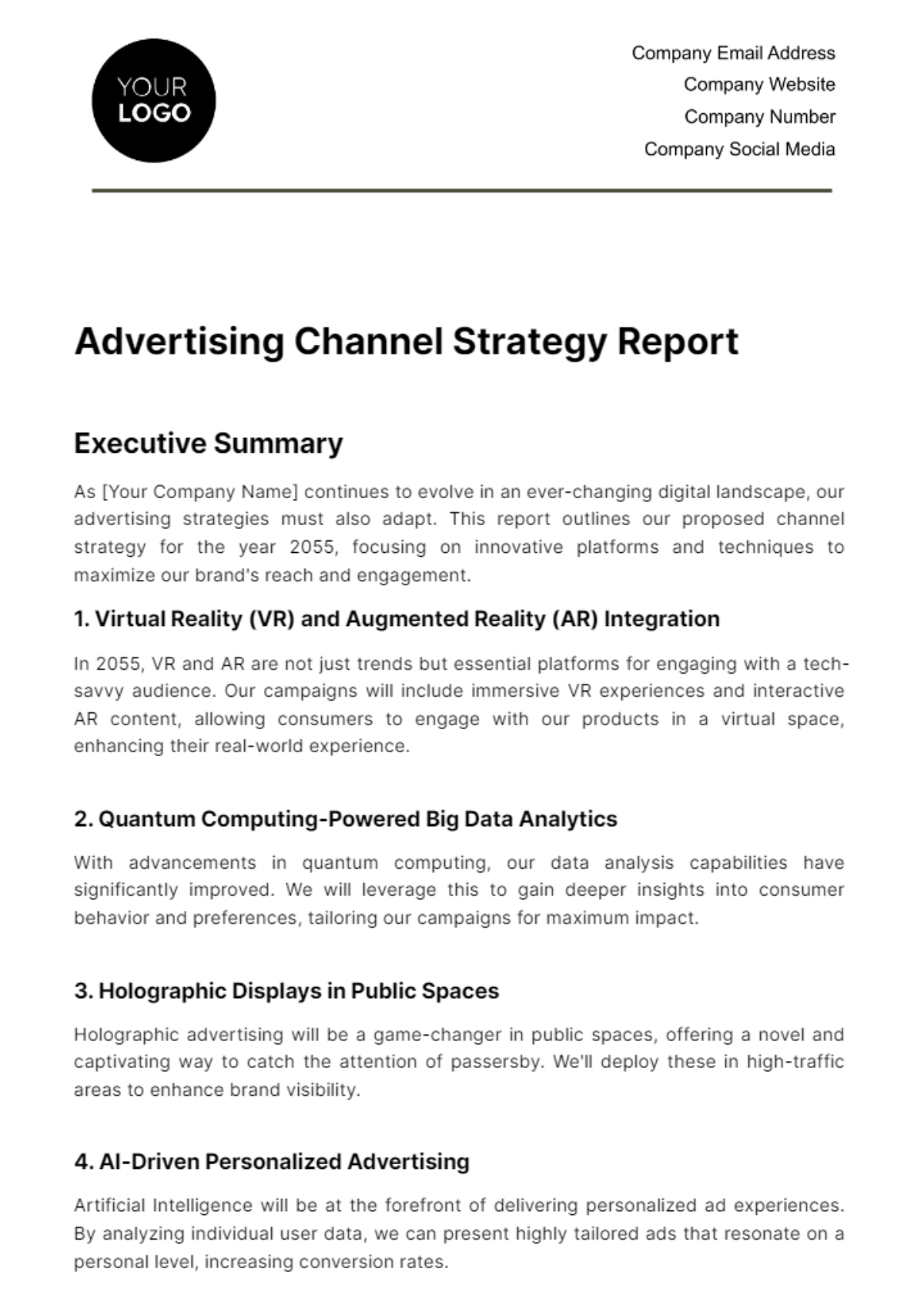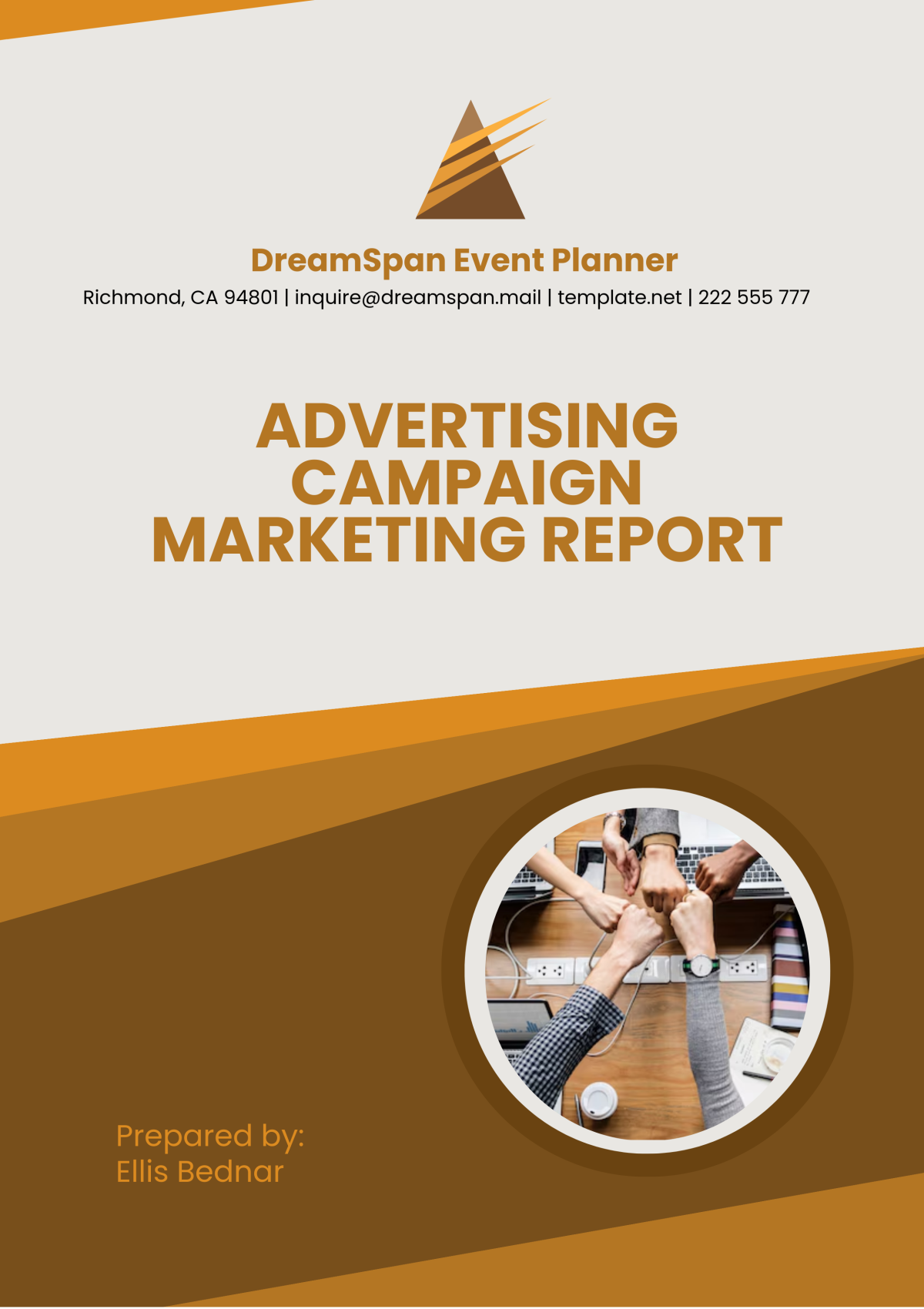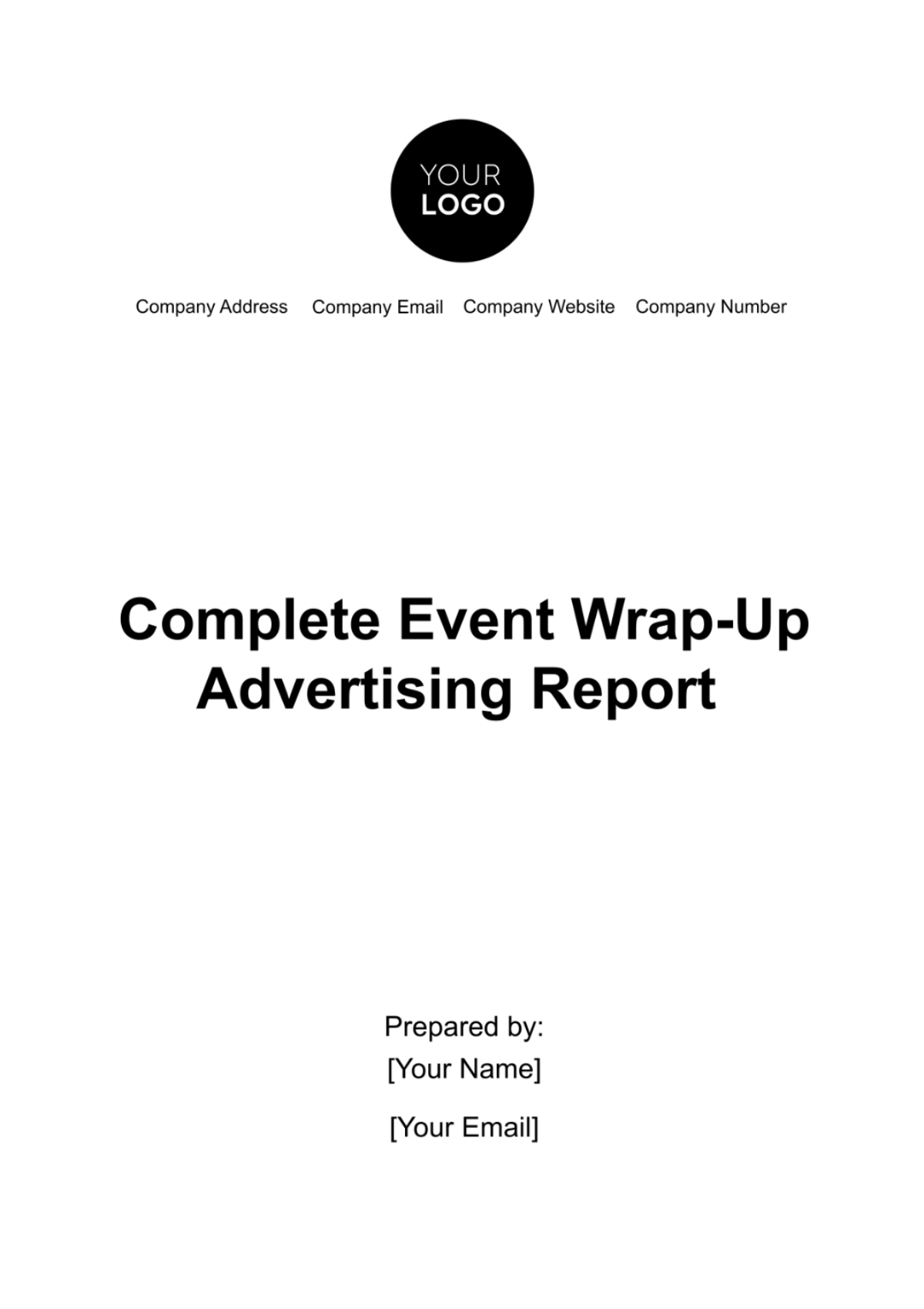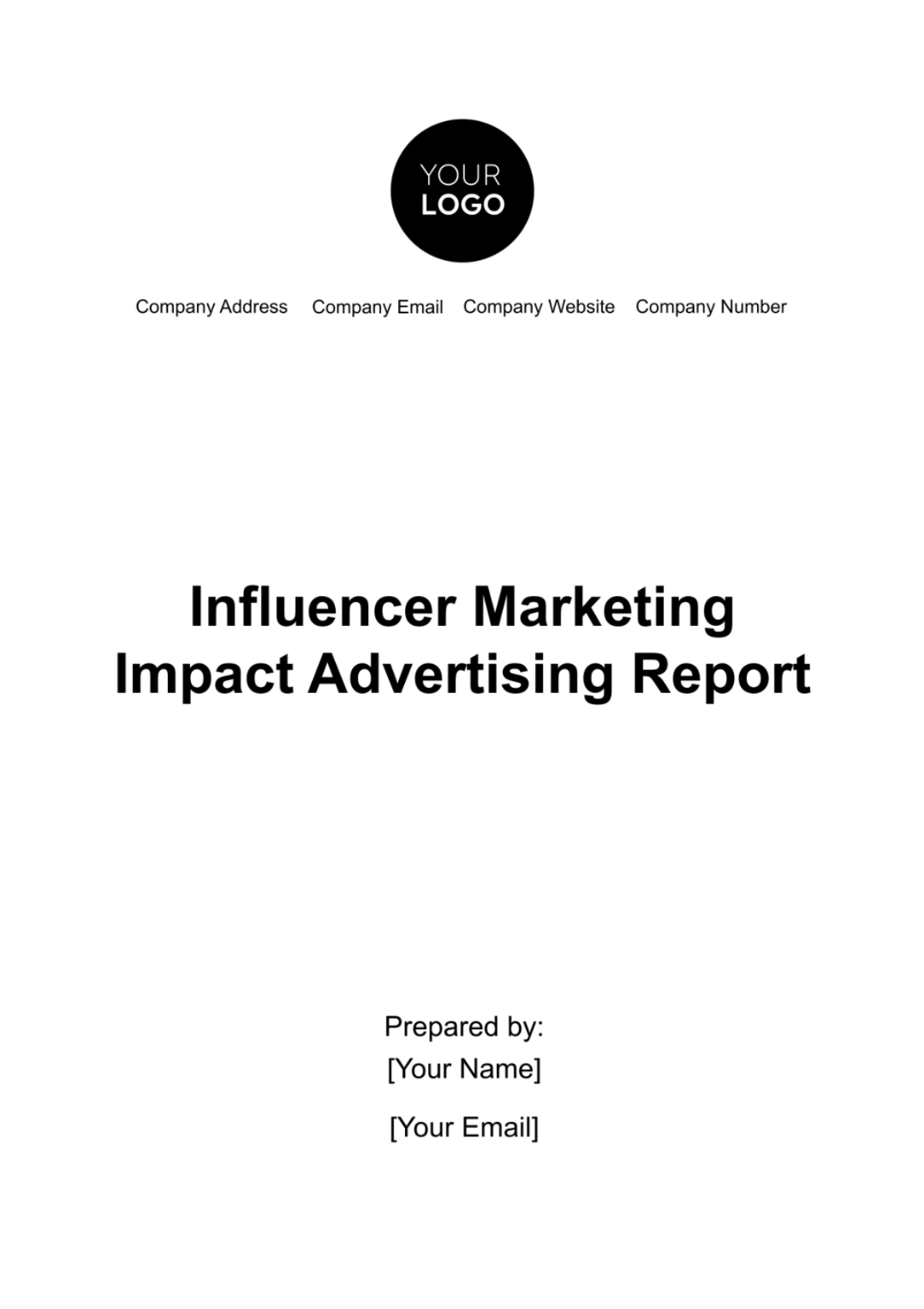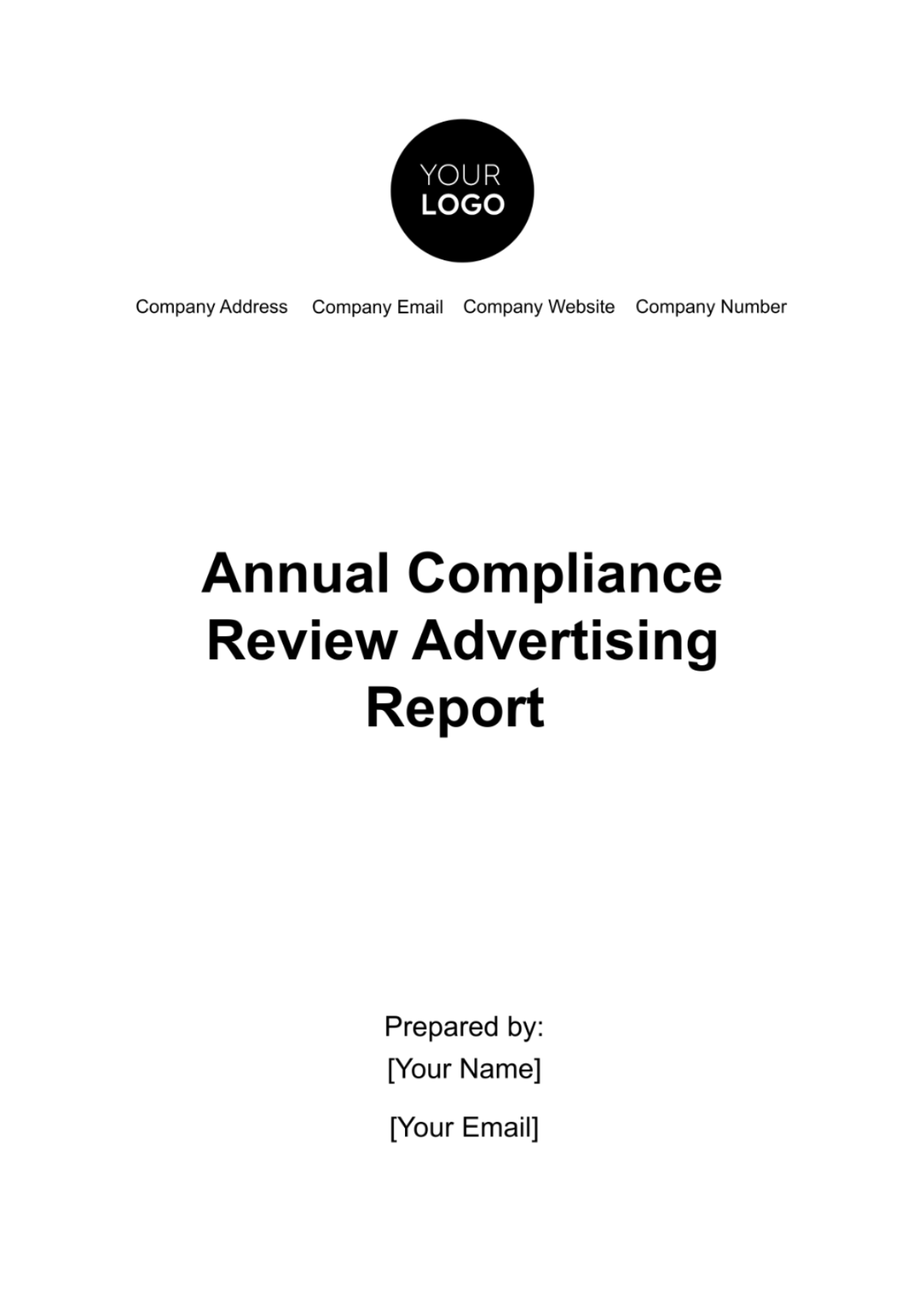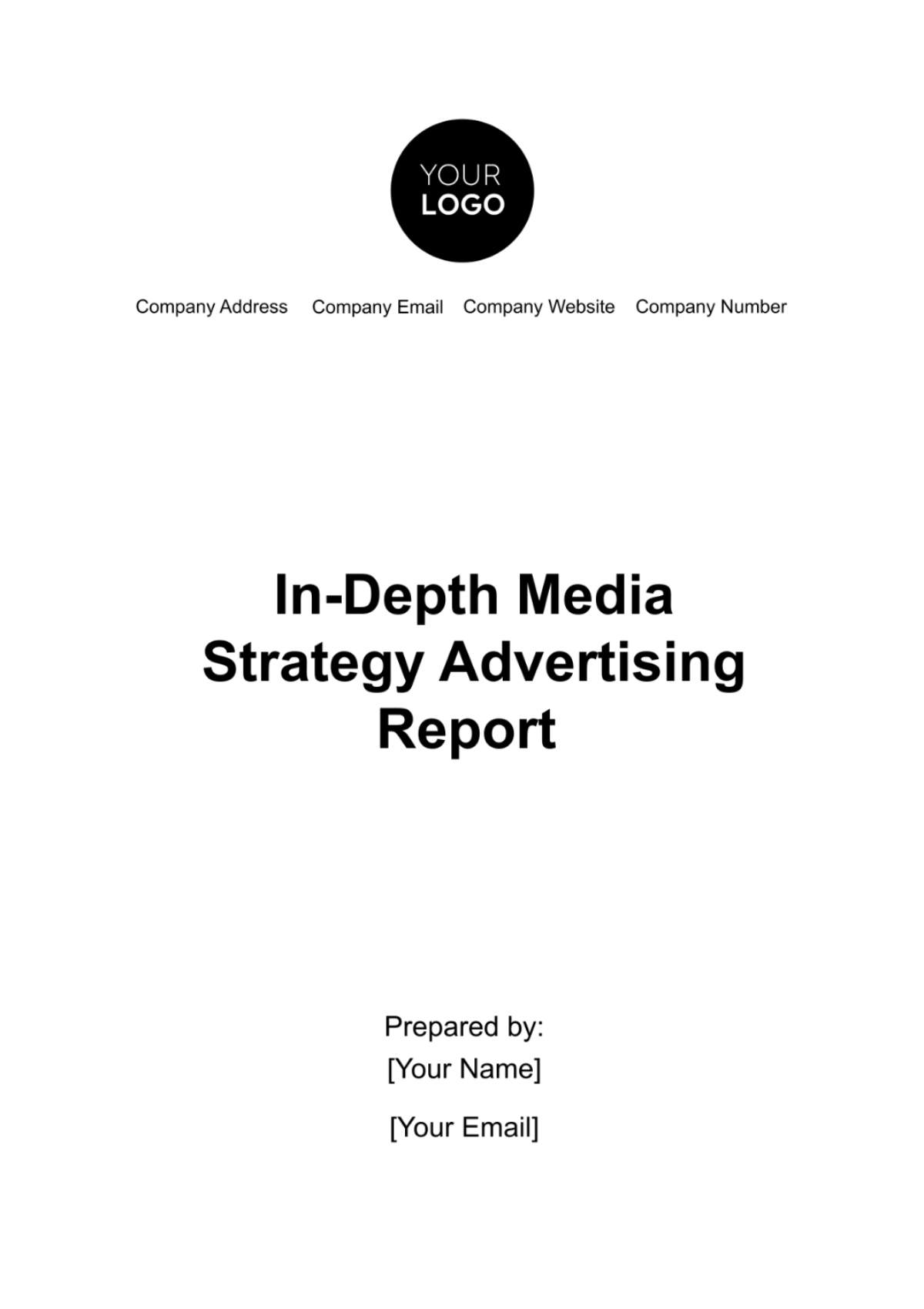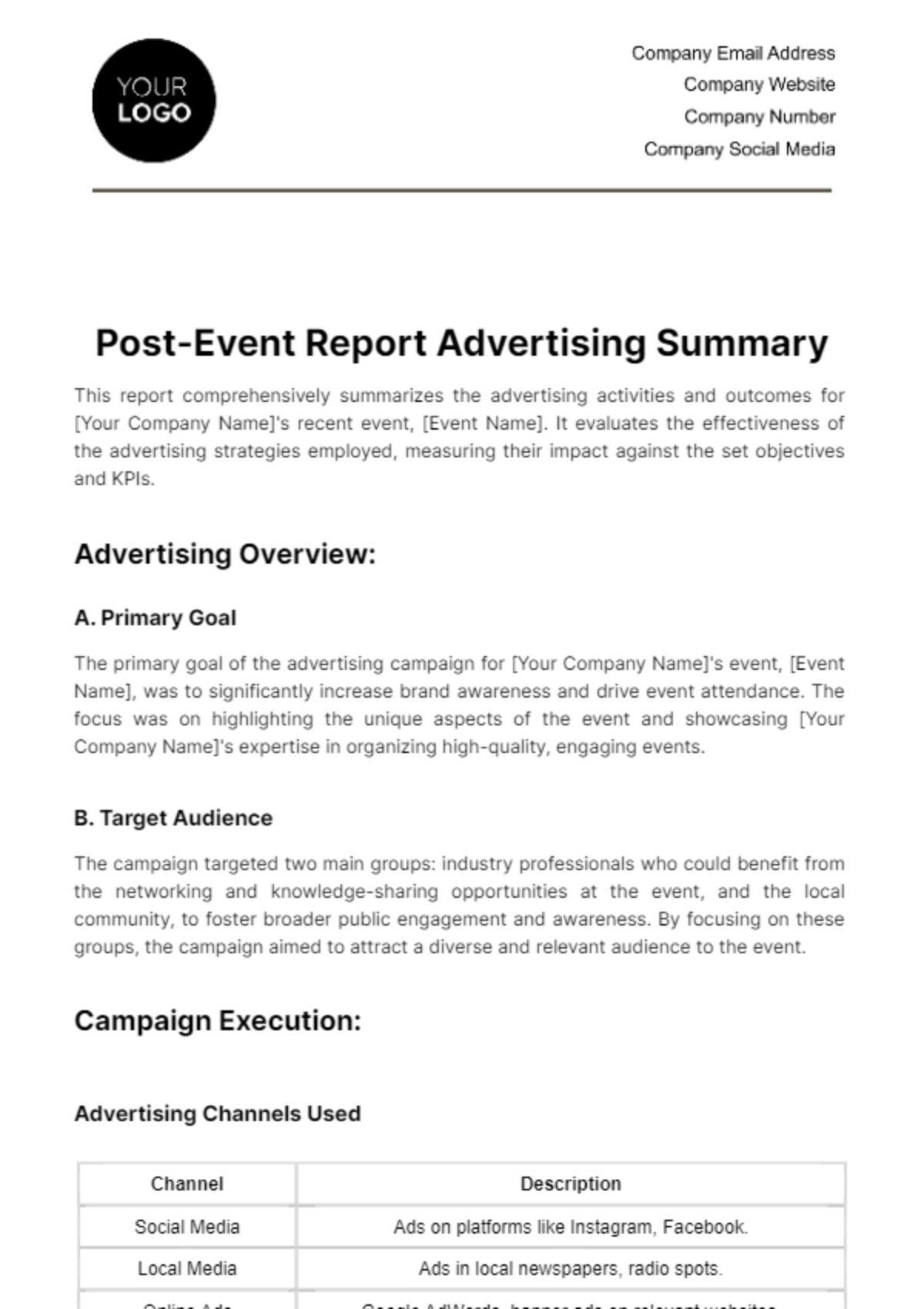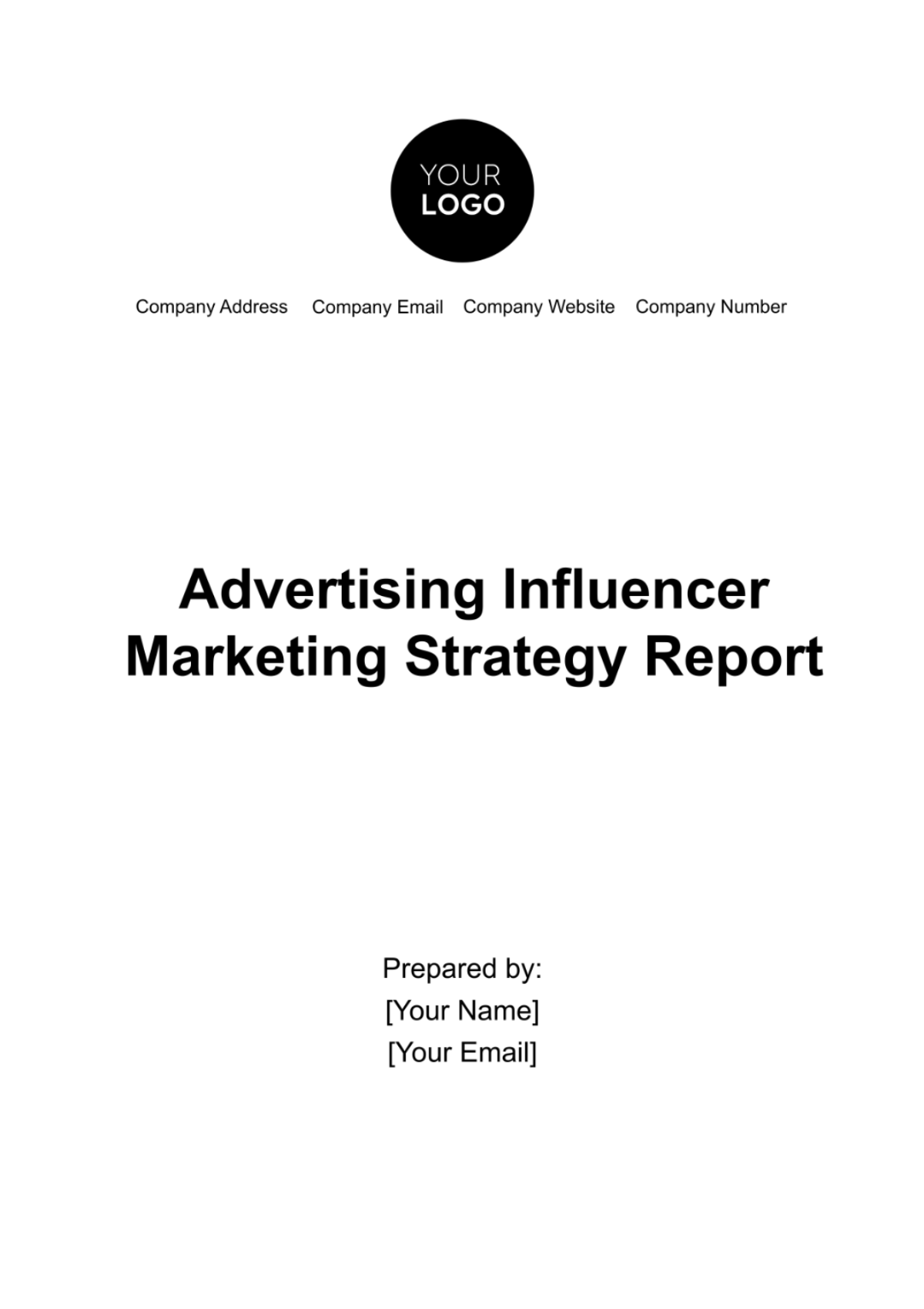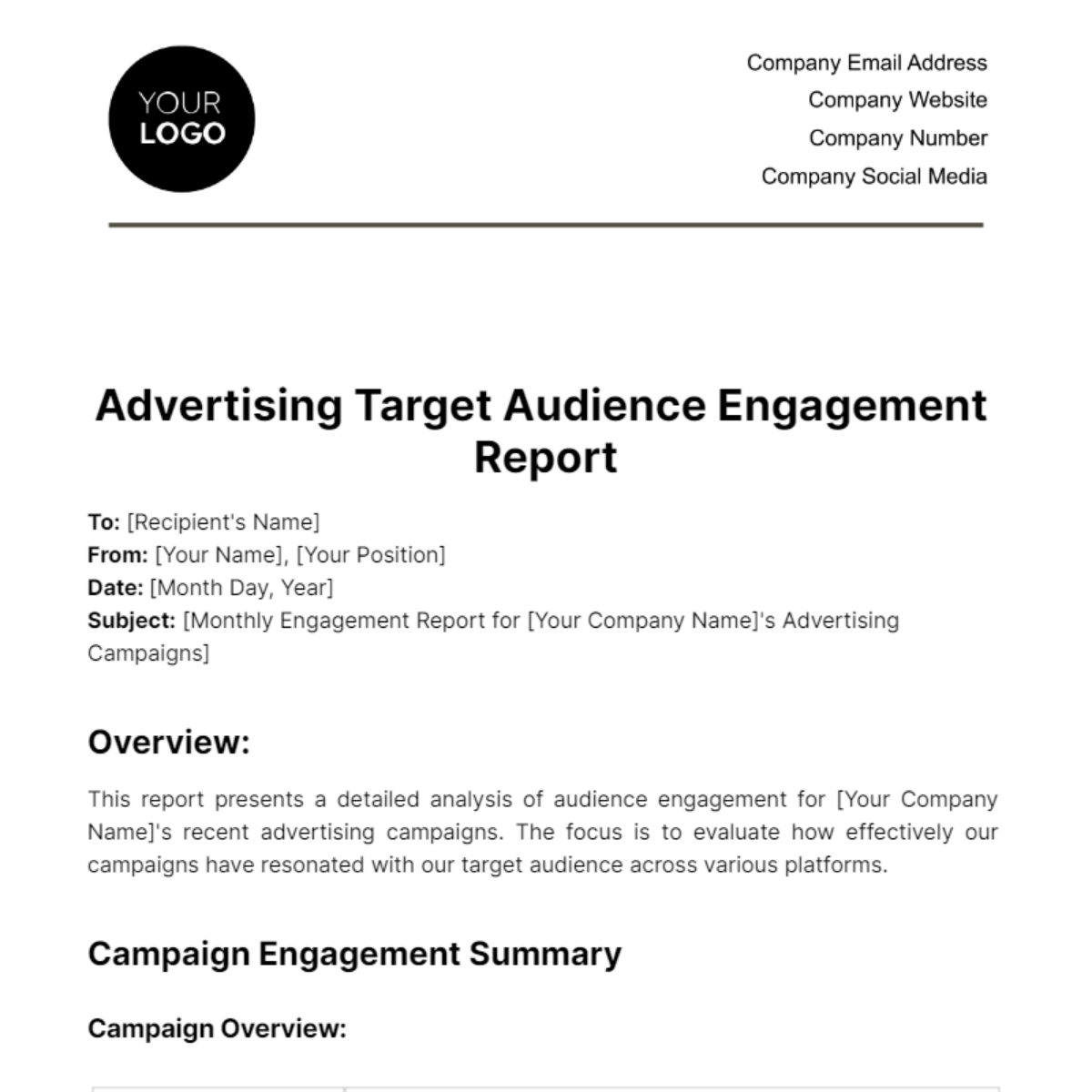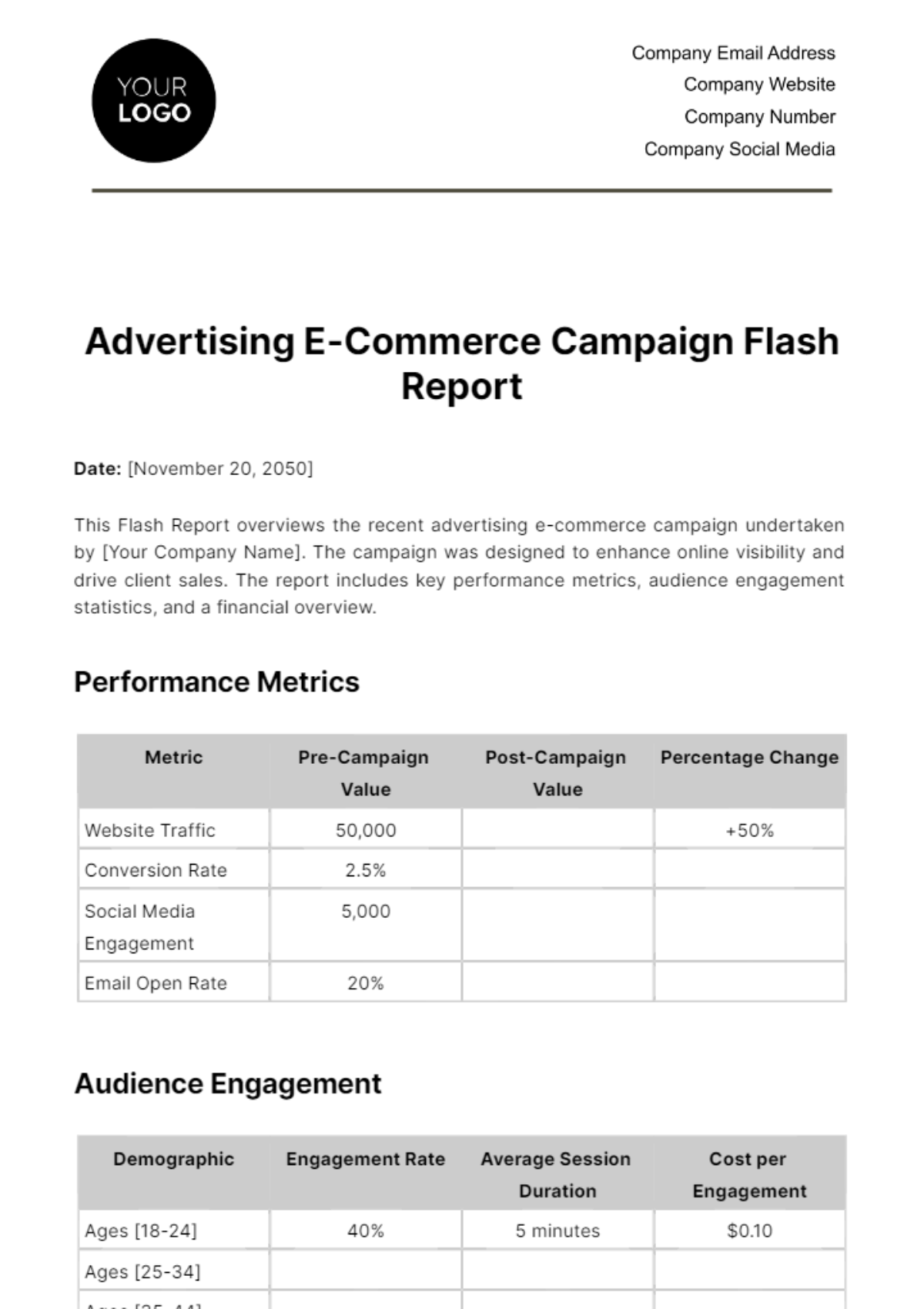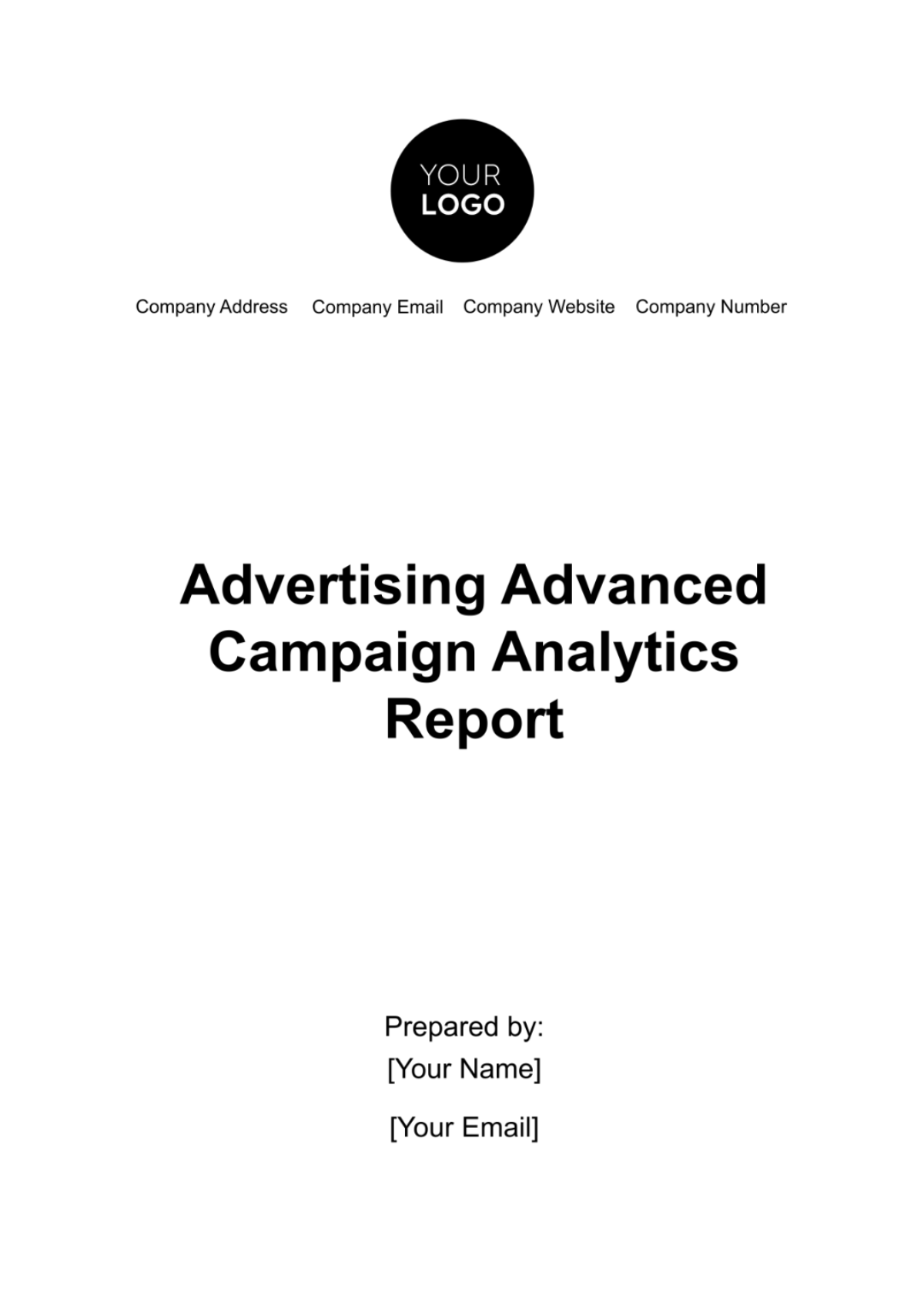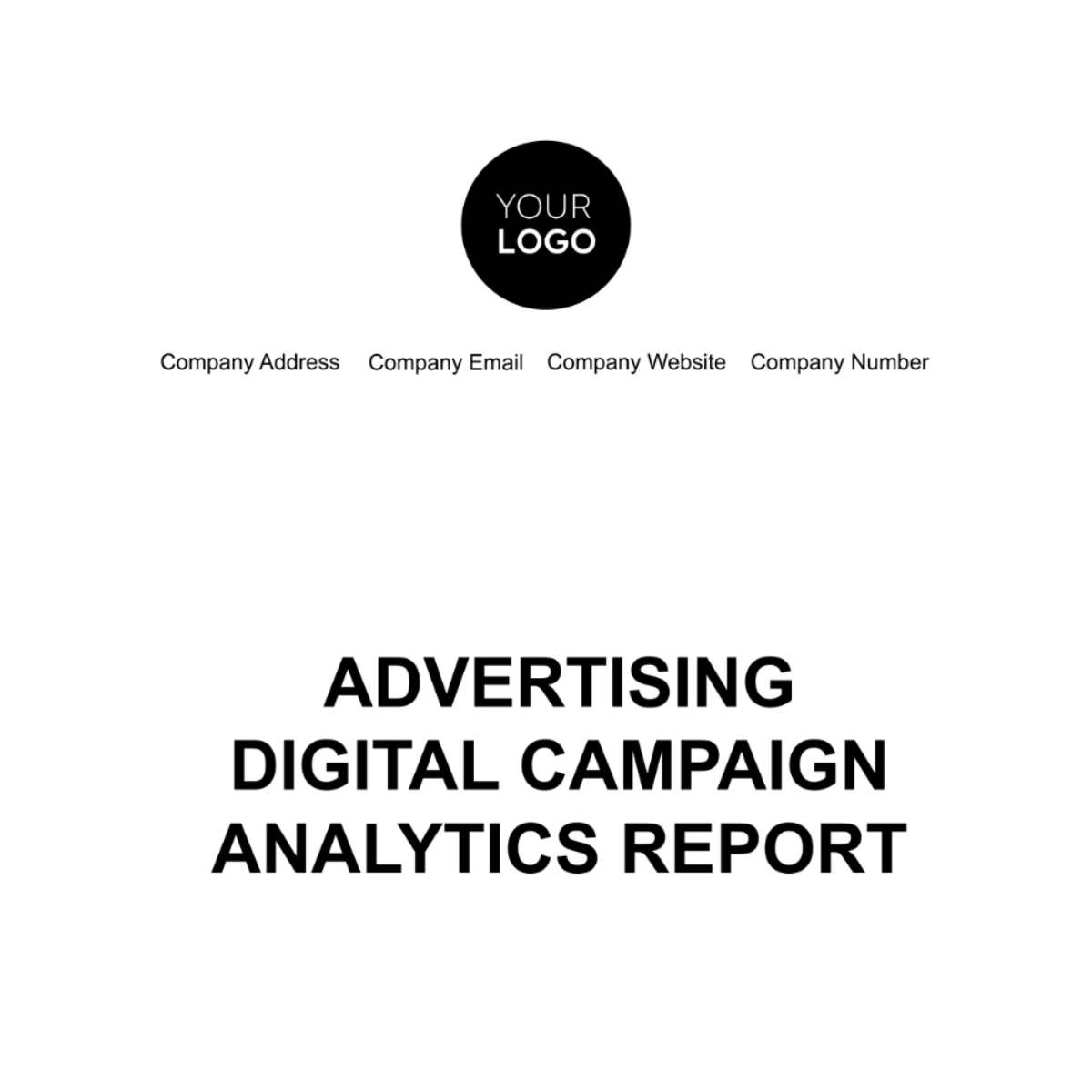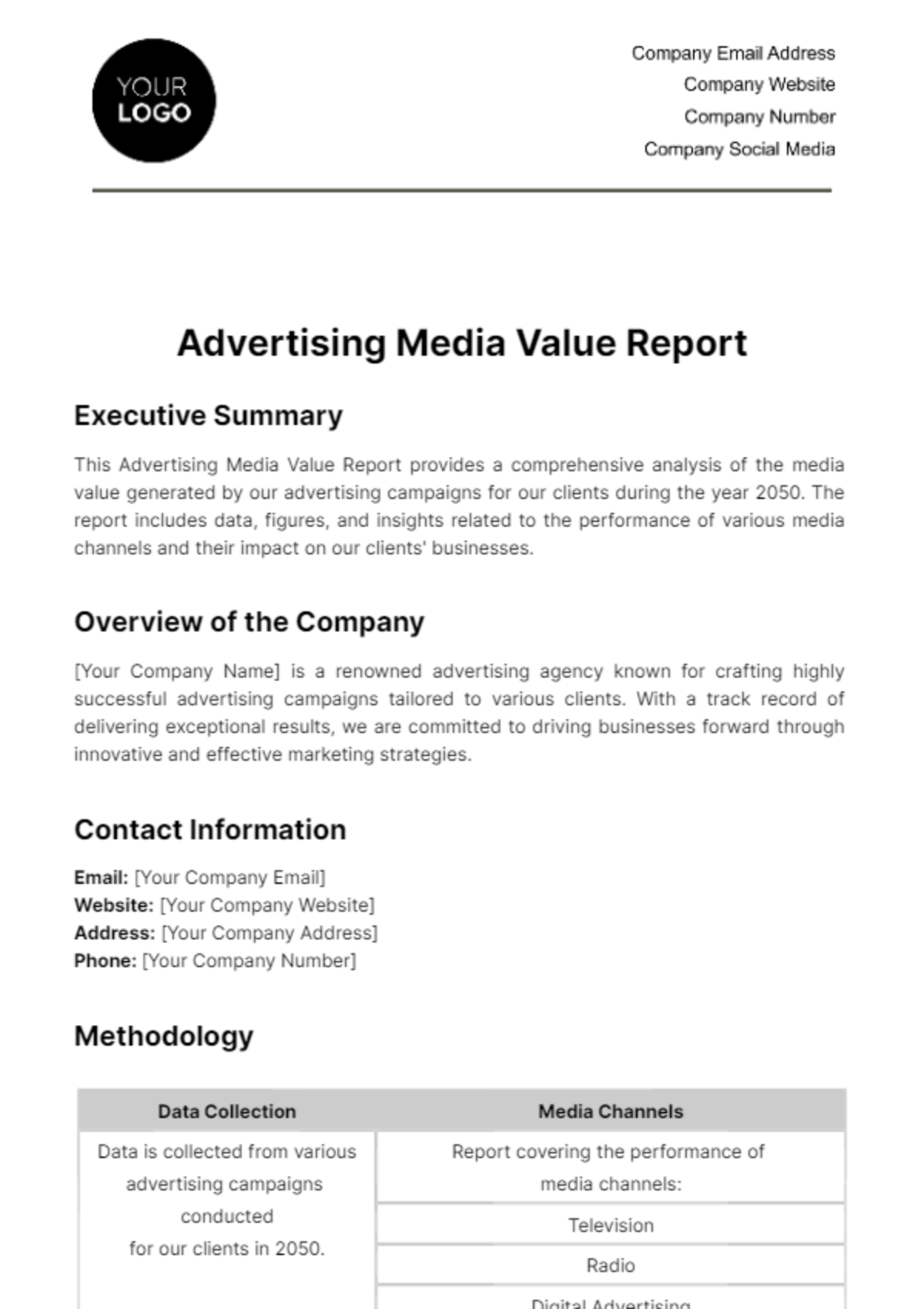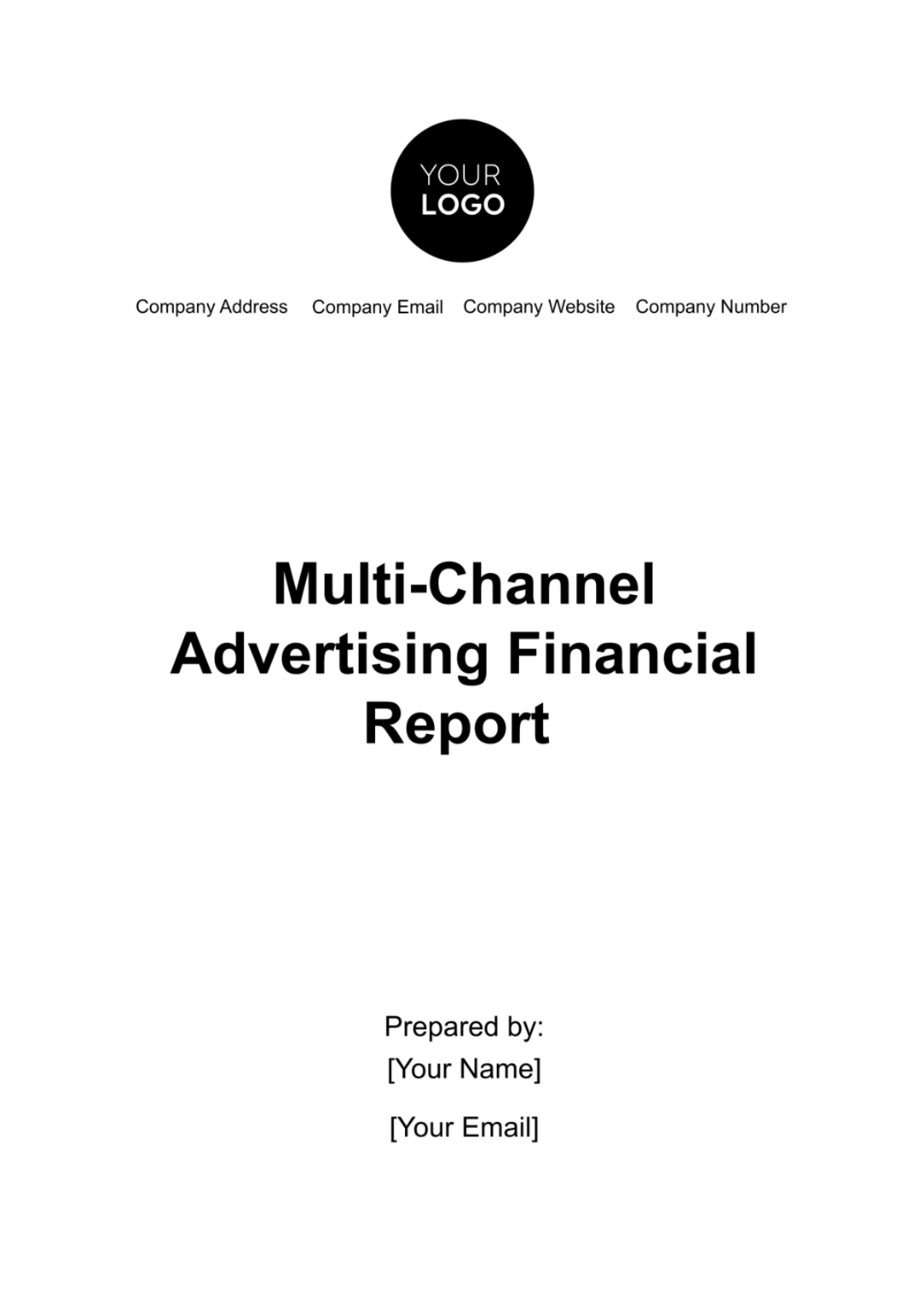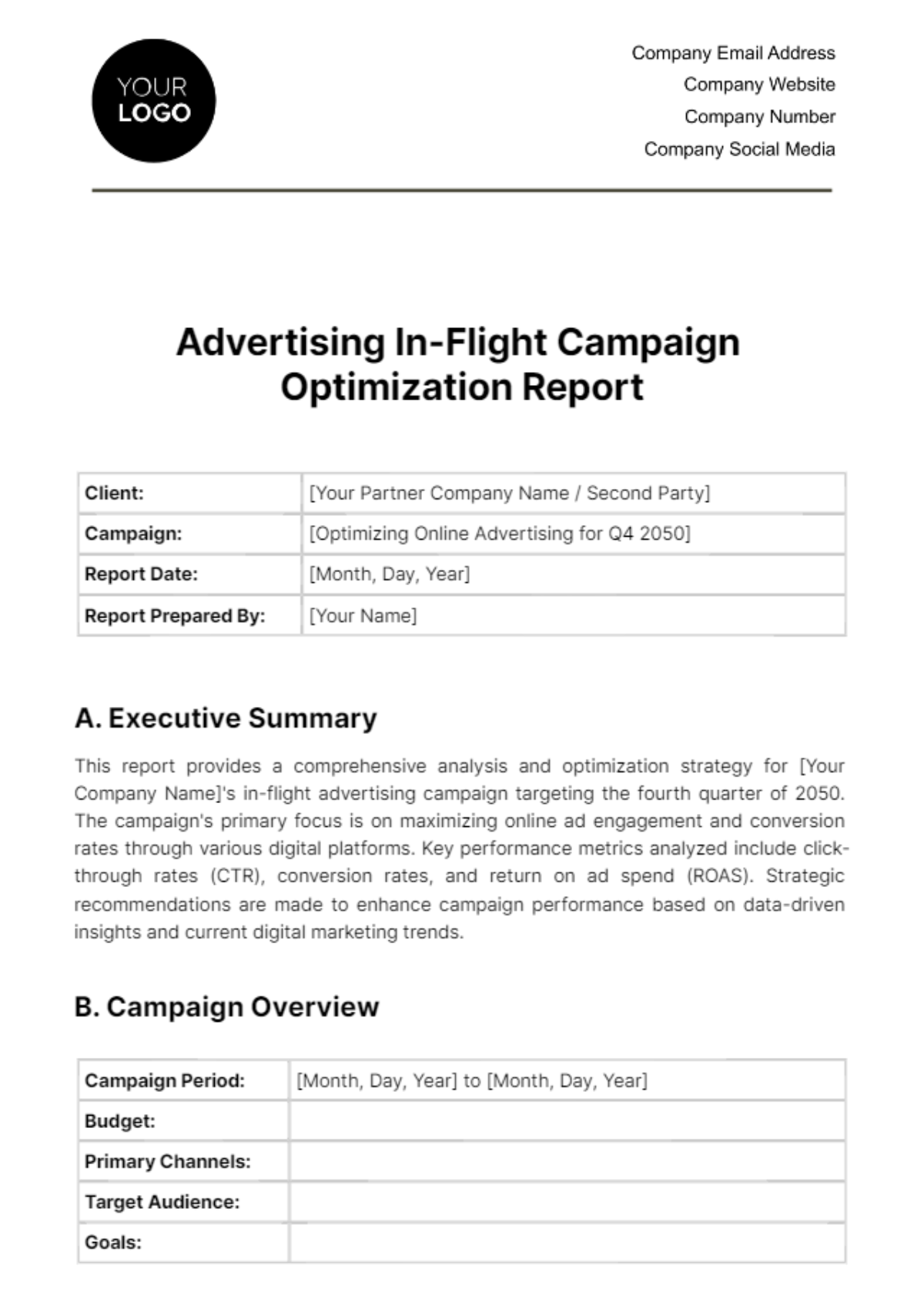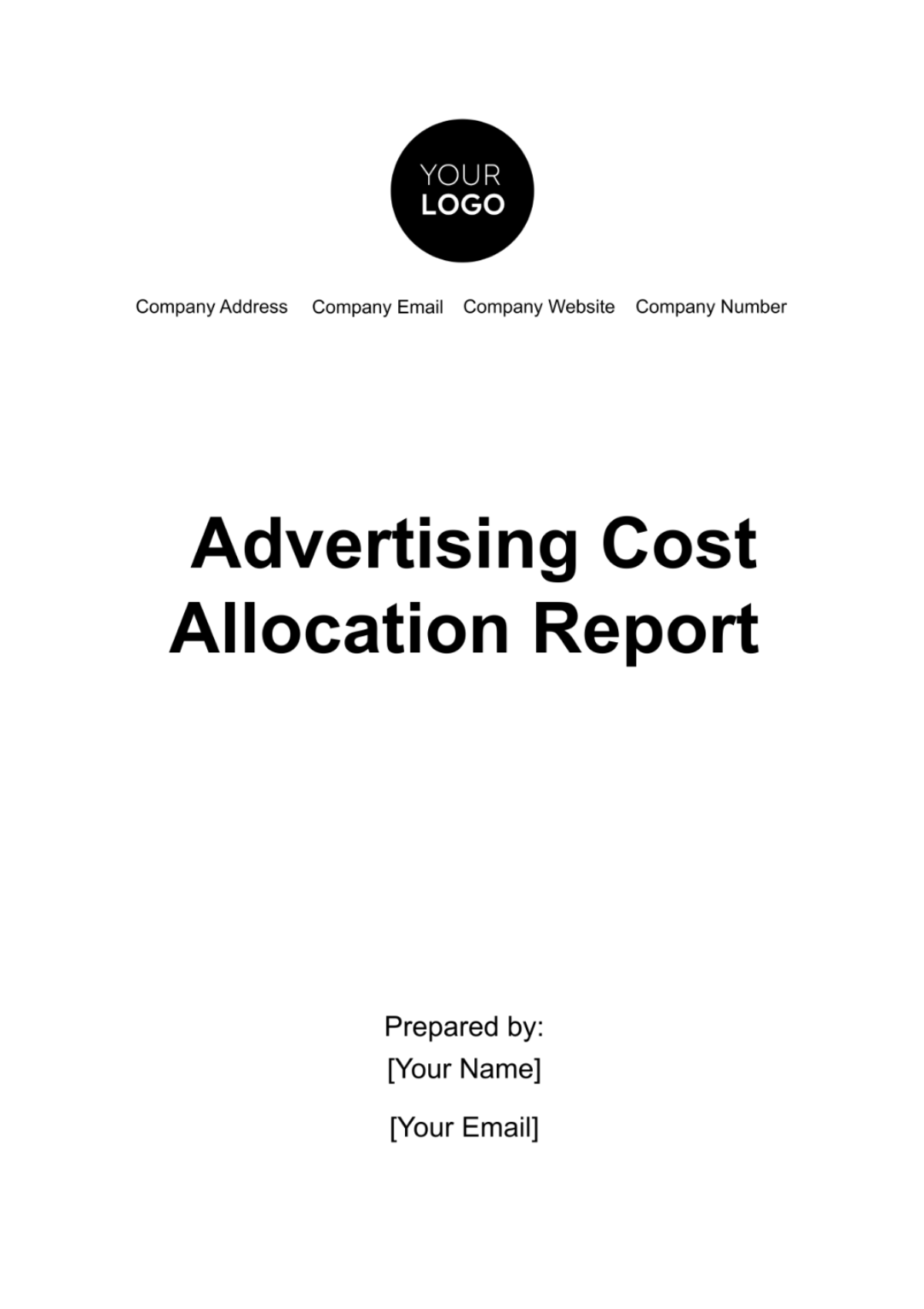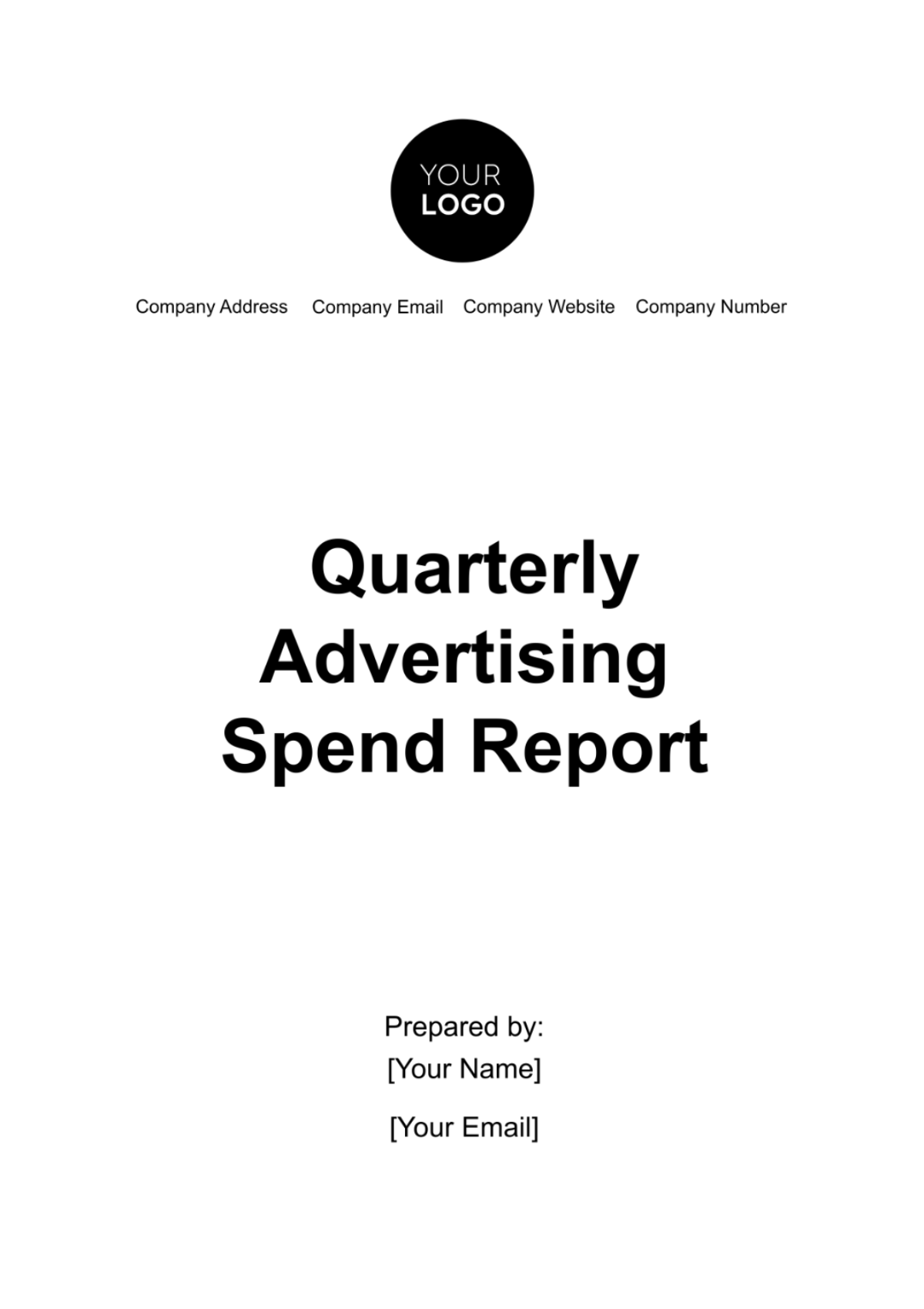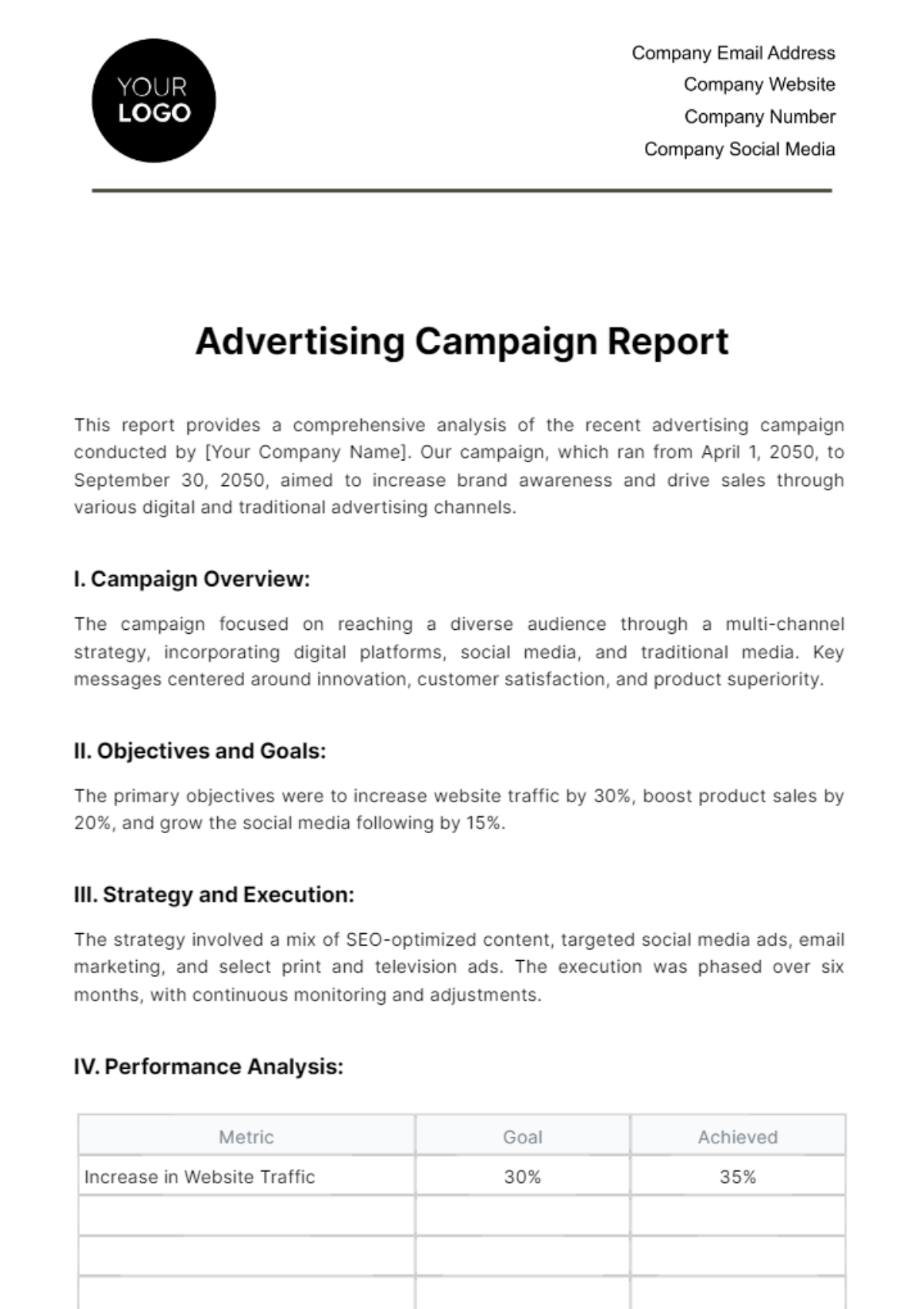Advertising Detailed Web Analytics Report
I. Executive Summary
A. Objective
The primary objective of this report is to evaluate the performance of our advertising campaigns on the website over six months from January 1, 2050, to June 30, 2050. We aim to provide actionable insights and recommendations for optimizing our advertising strategies based on data-driven analysis.
B. Key Findings
During the reporting period, our website experienced a total of 50,000 sessions, with 12,500 new users. However, the bounce rate was relatively high at 40%, indicating a need for better user engagement strategies. On a positive note, the average session duration was 2 minutes, suggesting that users were spending a reasonable amount of time on our website.
C. Summary of Metrics
The report covers crucial metrics such as website traffic, conversion rates, click-through rates, and cost per click. For instance, the overall conversion rate stood at 5%, with Campaign A performing exceptionally well with a conversion rate of 6%. We also analyzed the cost per click (CPC), with an overall CPC of $0.50, and Campaign B having the highest CPC at $0.55.
II. Introduction
Purpose: This report aims to provide a comprehensive analysis of our advertising campaigns' performance on the company website. By examining key metrics and user behavior, we intend to identify areas of improvement and optimization.
Scope: The report covers six months from January 1, 2050, to June 30, 2050, focusing on the performance of three main advertising campaigns: Campaign A, Campaign B, and Campaign C. It also includes an analysis of user behavior, landing pages, devices, browsers, and geographic location.
Significance of Web Analytics: In today's digital age, web analytics plays a pivotal role in guiding marketing decisions. It empowers businesses to make data-driven choices, optimize ad spend, and enhance user experiences. By understanding how users interact with our website and advertising campaigns, we can refine our strategies to achieve better results.
III. Data Sources
A. Primary Data Sources:
Google Analytics: We rely on Google Analytics as our primary data source for website performance metrics, including sessions, page views, and user behavior. This platform provides real-time data that is essential for our analysis.
B. Secondary Data Sources:
Advertising Platforms: Data from the advertising platforms used for our campaigns, such as Google Ads and Facebook Ads, is also incorporated. This includes impressions, clicks, and campaign-specific metrics.
Data Integration: To ensure data consistency and accuracy, we have integrated data from multiple sources into a unified dashboard for analysis. This integration allows us to track the customer journey from ad click to website interaction effectively.
C. Data Validation:
Our data validation processes include regular checks for discrepancies and outliers, ensuring the reliability of the information used in this report.
IV. Key Metrics
A. Website Traffic
Website traffic metrics offer insights into user engagement and the overall reach of our advertising efforts.
Metric | Value |
|---|---|
Total Sessions | 50,000 |
New Users | 12,500 |
Bounce Rate | 40% |
Average Session Duration | 2 minutes |
Total Sessions: Over the six-month reporting period, our website received a total of 50,000 sessions, indicating the number of times users visited our site.
New Users: Out of these sessions, 12,500 were new users, reflecting the number of first-time visitors during this period.
Bounce Rate: The bounce rate of 40% suggests that 40% of users left the website after viewing only one page. Reducing this rate will be a key focus for optimization.
Average Session Duration: On average, users spent 2 minutes on our website during a session, indicating a moderate level of engagement.
B. Conversion Rate
Conversion rate metrics help us understand the effectiveness of our advertising campaigns in driving desired actions on our website.
Overall Conversion Rate
Metric | Value |
|---|---|
Overall Conversion Rate | 5% |
The overall conversion rate for the reporting period stands at 5%, signifying that 5% of website visitors took a desired action, such as making a purchase or filling out a contact form.
Conversion Rate by Campaign
Campaign | Conversion Rate |
|---|---|
Campaign A | 6% |
Campaign B | 4% |
Campaign C | 5.5% |
This table illustrates the campaign-specific conversion rates. Campaign A outperformed the others with a conversion rate of 6%, while Campaign B had a lower rate at 4%.
C. Click-Through Rate (CTR)
Click-through rate metrics provide insights into the effectiveness of our ad creatives in enticing users to click and visit our website.
Overall CTR
Metric | Value |
|---|---|
Overall CTR | 3.5% |
The overall click-through rate for the reporting period is 3.5%, indicating that 3.5% of users who saw our ads clicked on them to visit our website.
CTR by Campaign
Campaign | Conversion Rate |
|---|---|
Campaign A | 4% |
Campaign B | 3% |
Campaign C | 3.8% |
This table displays campaign-specific click-through rates. Campaign A had the highest CTR at 4%, demonstrating its effectiveness in driving traffic to our website.
D. Cost per Click (CPC)
Cost per click metrics reveal the cost associated with each user clicking on our ads and visiting our website.
Overall CPC
Metric | Value |
|---|---|
Overall CPC | $0.50 |
The overall cost per click for our advertising campaigns during this period averaged $0.50.
CPC by Campaign
Campaign | Conversion Rate |
|---|---|
Campaign A | $0.45 |
Campaign B | $0.55 |
Campaign C | $0.48 |
This table breaks down the cost per click for each campaign. Campaign A had the lowest CPC at $0.45, while Campaign B had the highest at $0.55.
V. Campaign Performance Analysis
A. Campaign A
Metric | Value |
|---|---|
Impressions | 1,000,000 |
Clicks | 40,000 |
Conversion Rate | 6% |
Revenue Generated | $30,000 |
ROI | 150% |
Impressions: Campaign A generated 1,000,000 impressions, representing the number of times its ads were displayed to users.
Clicks: The campaign received 40,000 clicks, indicating the number of users who visited our website through these ads.
Conversion Rate: With a conversion rate of 6%, Campaign A led to a significant number of desired actions on our website.
Revenue Generated: This campaign generated $30,000 in revenue during the reporting period.
ROI (Return on Investment): The ROI for Campaign A was an impressive 150%, indicating that for every dollar spent on this campaign, we earned $1.50 in revenue.
B. Campaign B
Metric | Value |
|---|---|
Impressions | 8,000,000 |
Clicks | 32,000 |
Conversion Rate | 4% |
Revenue Generated | $20,000 |
ROI | 100% |
Impressions: Campaign B garnered 800,000 impressions, indicating the reach of its ads.
Clicks: This campaign received 32,000 clicks, resulting in users visiting our website.
Conversion Rate: With a conversion rate of 4%, Campaign B contributed to desired actions on our website.
Revenue Generated: Campaign B generated $20,000 in revenue during the reporting period.
ROI (Return on Investment): The ROI for Campaign B was 100%, indicating that for every dollar spent, we earned an equal amount in revenue.
C. Campaign C
Metric | Value |
|---|---|
Impressions | 1,200,000 |
Clicks | 48,000 |
Conversion Rate | 5.5% |
Revenue Generated | $27,000 |
ROI | 135% |
Impressions: Campaign C received 1,200,000 impressions, showing its reach among users.
Clicks: The campaign generated 48,000 clicks, bringing users to our website.
Conversion Rate: Campaign C achieved a conversion rate of 5.5%, contributing to user actions on our website.
Revenue Generated: This campaign generated $27,000 in revenue during the reporting period.
ROI (Return on Investment): The ROI for Campaign C was 135%, indicating a strong return on ad spend.
VI. User Behavior
Most Visited Pages: The homepage, product pages, and the blog section were the most frequently visited pages.
Navigation Paths: Users typically followed a path from the homepage to product pages, and then to the checkout or contact page.
Exit Points: The most common exit points were the product pages, suggesting a potential drop-off in the conversion funnel that requires optimization.
Device Preferences: The majority of users accessed our website via mobile devices, highlighting the importance of mobile optimization.
Browser Usage: Google Chrome was the most popular browser among our users, indicating a need for browser compatibility testing.
VII. Landing Page Analysis
Landing pages are critical elements of our advertising campaigns. In this section, we analyze the performance of specific landing pages and provide recommendations for optimization.
Landing Page | Bounce Rate | Conversion Rate | Avg. Time Spent | Exit Rate | Recommendations |
|---|---|---|---|---|---|
Homepage | 35% | 4% | 2 min | 30% | Optimize calls to action for better engagement. |
Product Page | 25% | 6% | 3 min | 20% | Continue to promote this page in campaigns. |
Blog Section | 40% | 2% | 1.5 min | 45% | Improve content and add compelling CTAs. |
Homepage: While the homepage has a reasonable conversion rate, the high bounce rate and exit rate suggest that improvements in user engagement are necessary. We recommend optimizing the homepage to provide clearer calls to action.
Product Page A: Product Page A has a low bounce rate, a high conversion rate, and a longer average session duration, indicating its effectiveness in driving user engagement and conversions. Continue to promote this page in campaigns.
Blog Section: The blog section has a high bounce rate and a low conversion rate. To improve its performance, we recommend optimizing the content and adding more compelling calls to action.
VIII. Device and Browser Analysis
Understanding user devices and browsers is crucial for optimizing the user experience. Here are key insights:
A. Device Usage:
Device | Percentage of Users |
|---|---|
Mobile | 60% |
Desktop | |
Tablet |
B. Browser Preferences:
Browser | Percentage of Users |
|---|---|
Google Chrome | 50% |
Safari | |
Mozilla Firefox | |
Others |
IX. Geographic Analysis
Analyzing the geographic location of website visitors provides insights into regional preferences and opportunities for targeted marketing efforts.
A. Top Geographic Locations:
Location | Percentage of Traffic |
|---|---|
United States | 50% |
B. Implications:
Tailor advertising campaigns and content to the U.S. audience, which constitutes the majority of traffic.
Consider localized marketing efforts in Canada and the United Kingdom to expand reach.
X. Recommendations
A. Campaign Optimization
Optimize Campaign A: Given its high conversion rate and ROI, allocate more budget and resources to Campaign A to maximize returns.
Improve Campaign B: Focus on improving Campaign B's conversion rate to achieve better results and profitability.
Refine Campaign C: While Campaign C performs well, explore strategies to increase its reach and impact.
B. Website Enhancement
Homepage Revamp: Redesign the homepage to reduce bounce rates and enhance user engagement by improving the visibility of calls to action.
Landing Page Enhancement: Continuously optimize and A/B test landing pages, prioritizing those with higher conversion rates.
Mobile Optimization: Ensure the website is fully responsive and optimized for mobile users to capitalize on the significant mobile traffic.
C. Content Strategy
Blog Content Quality: Invest in high-quality, engaging blog content with clear CTAs to increase user engagement and conversions.
Localization: Tailor content for specific geographic regions, especially in Canada and the United Kingdom, to resonate with local audiences.
D. Browser Compatibility
Browser Testing: Perform rigorous testing on Google Chrome and Safari to ensure compatibility, considering their popularity among users.
XI. Conclusion
This report has provided a comprehensive analysis of our advertising campaigns' performance on the website for the period of [January 1, 2050, to June 30, 2050]. We've examined key metrics, campaign performance, user behavior, and geographic insights.
Our findings indicate that while Campaign A has excelled with a high conversion rate and ROI, there are opportunities for optimization in Campaign B and Campaign C. Furthermore, improvements are needed in the homepage, blog section, and mobile optimization to enhance user engagement.
For further inquiries or detailed information, please feel free to contact us at [Your Company Email] or visit our website at [Your Company Website].
